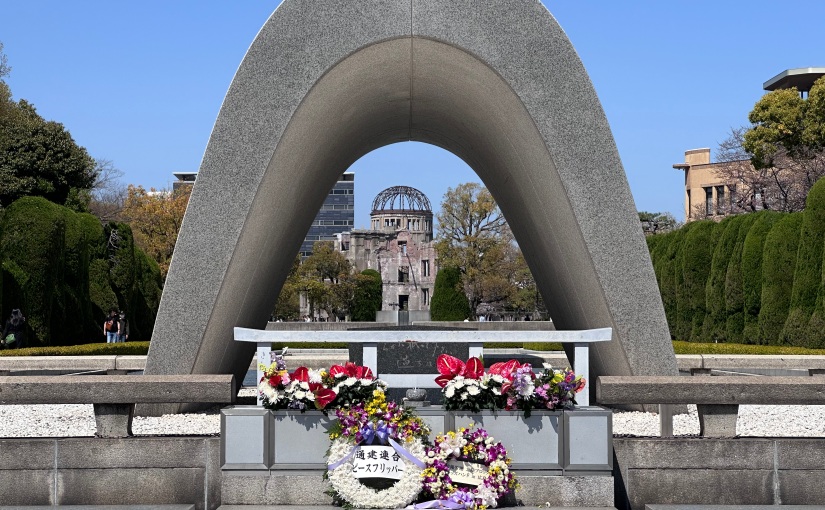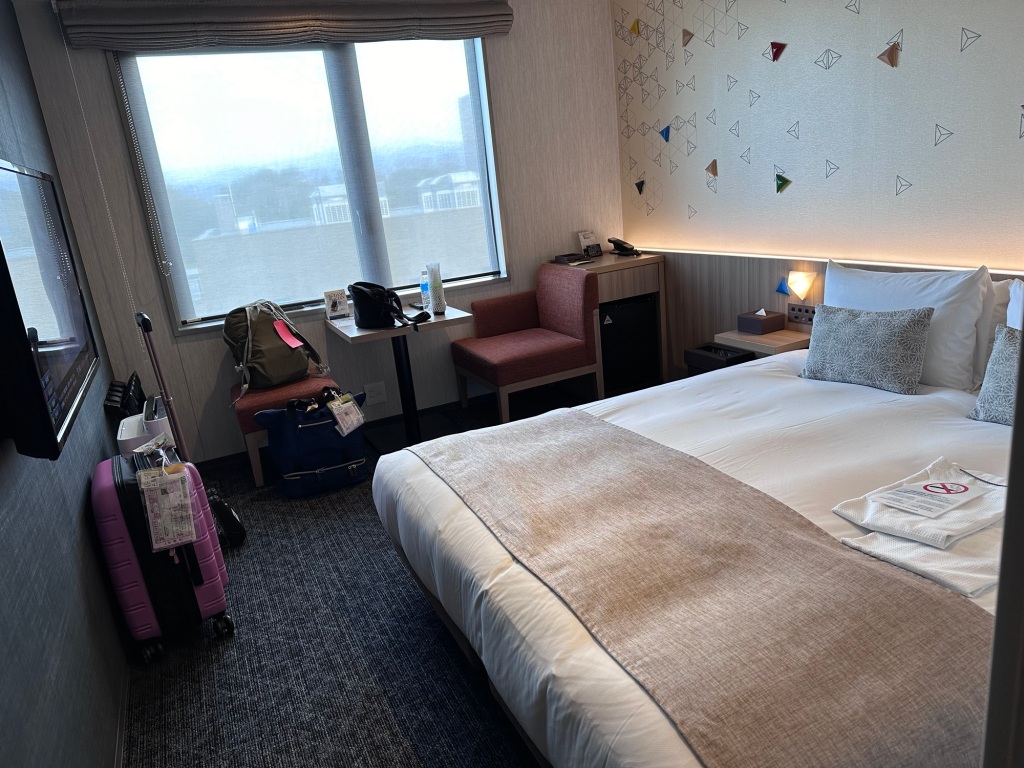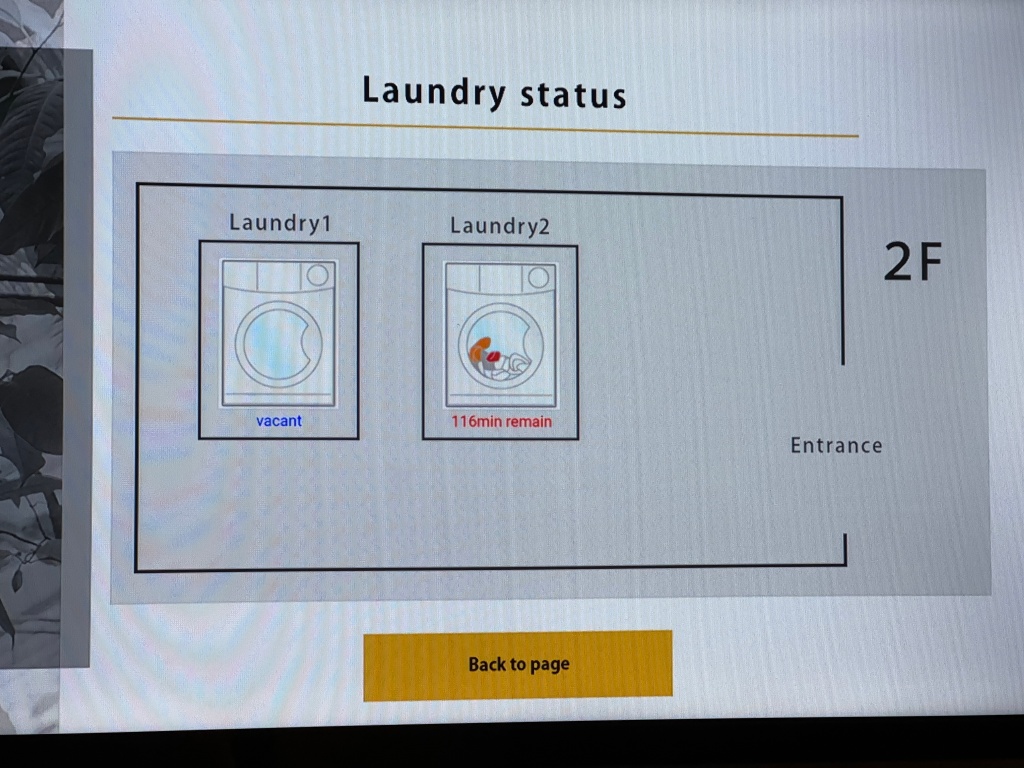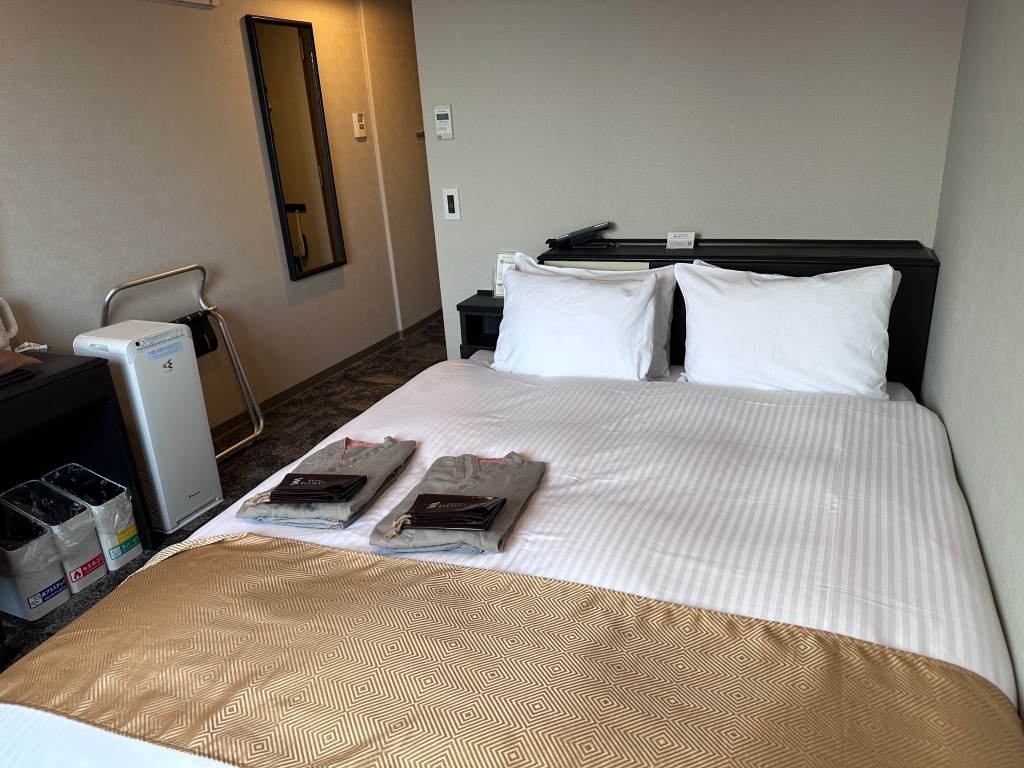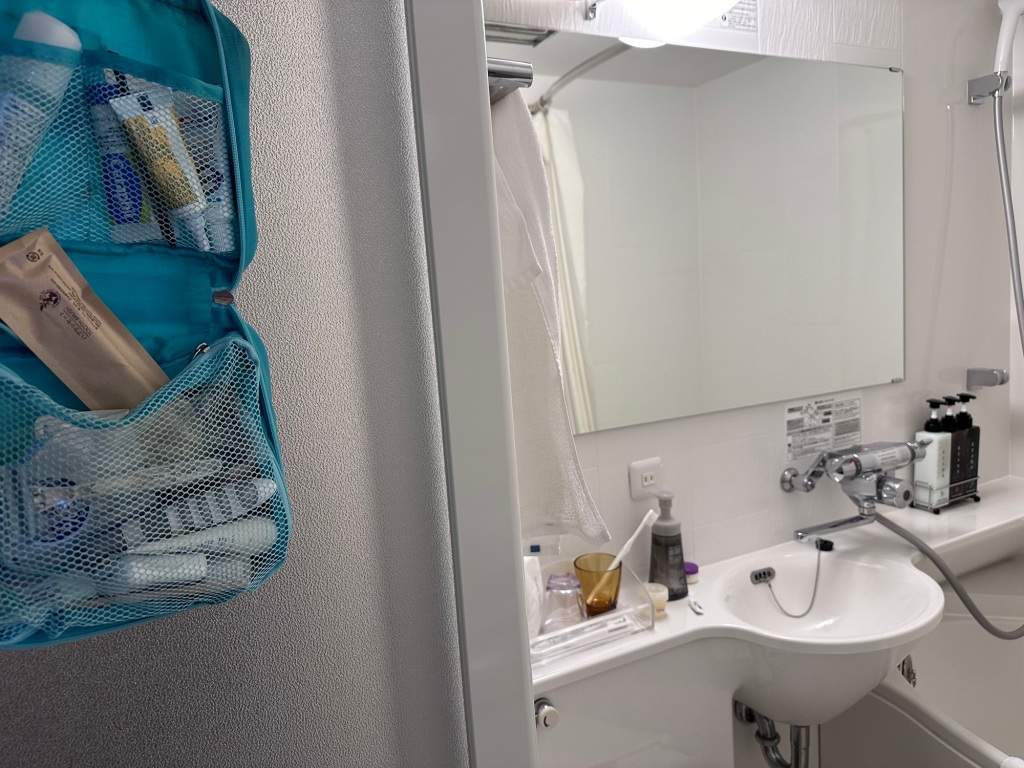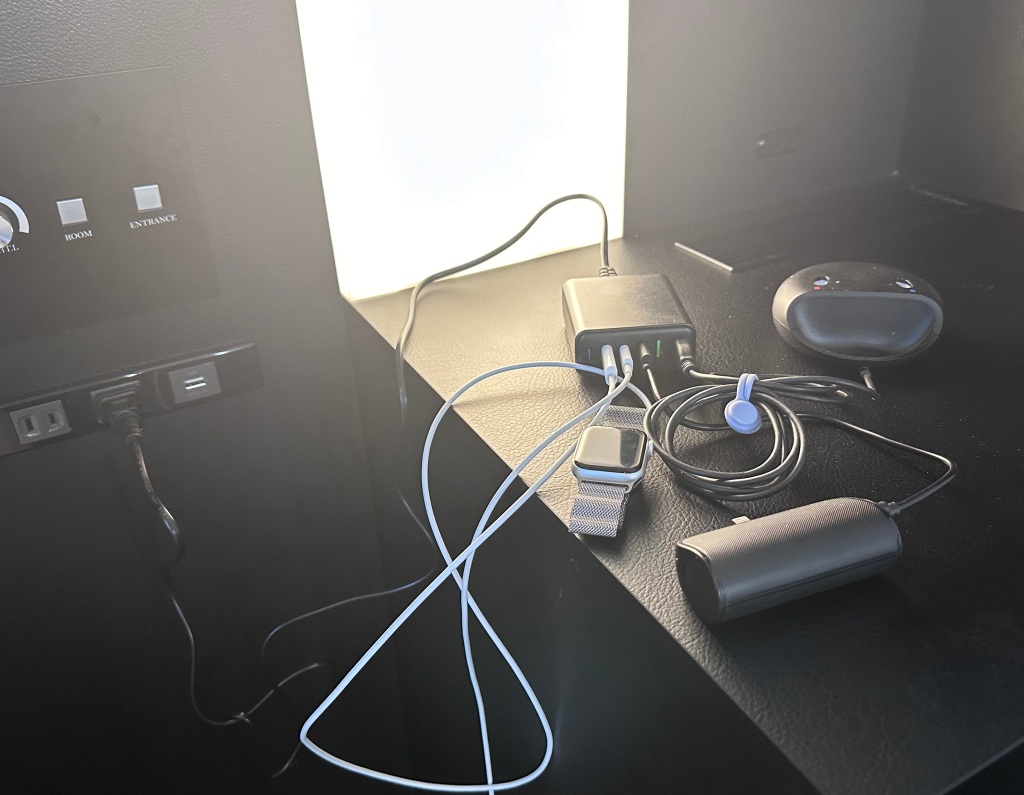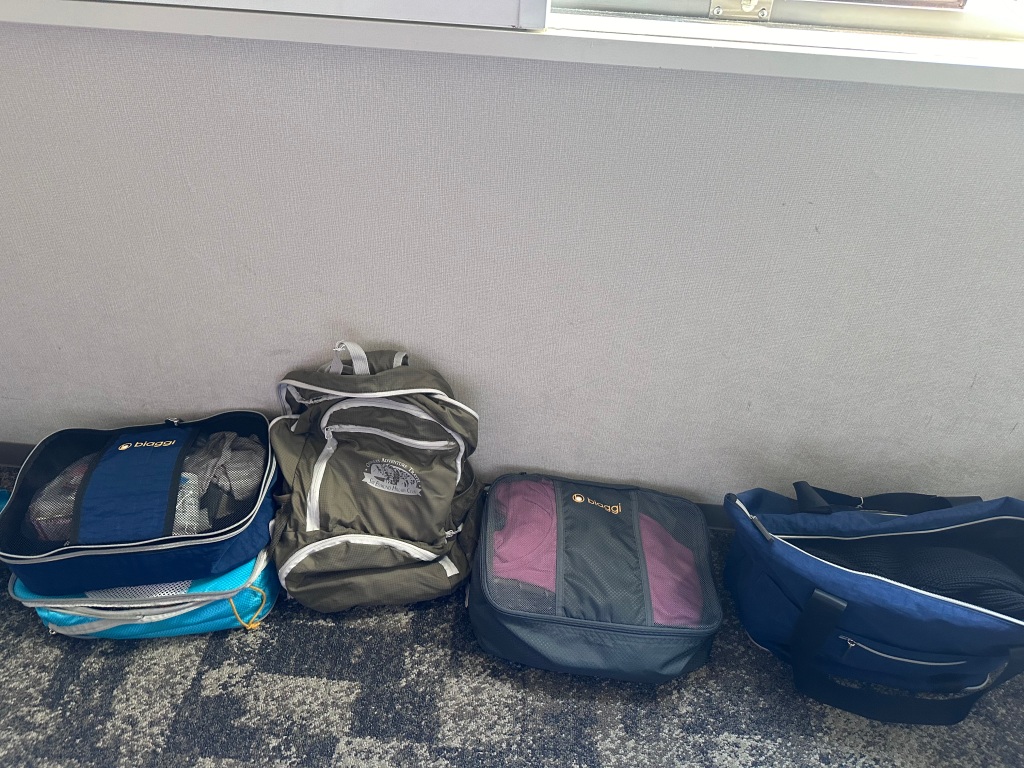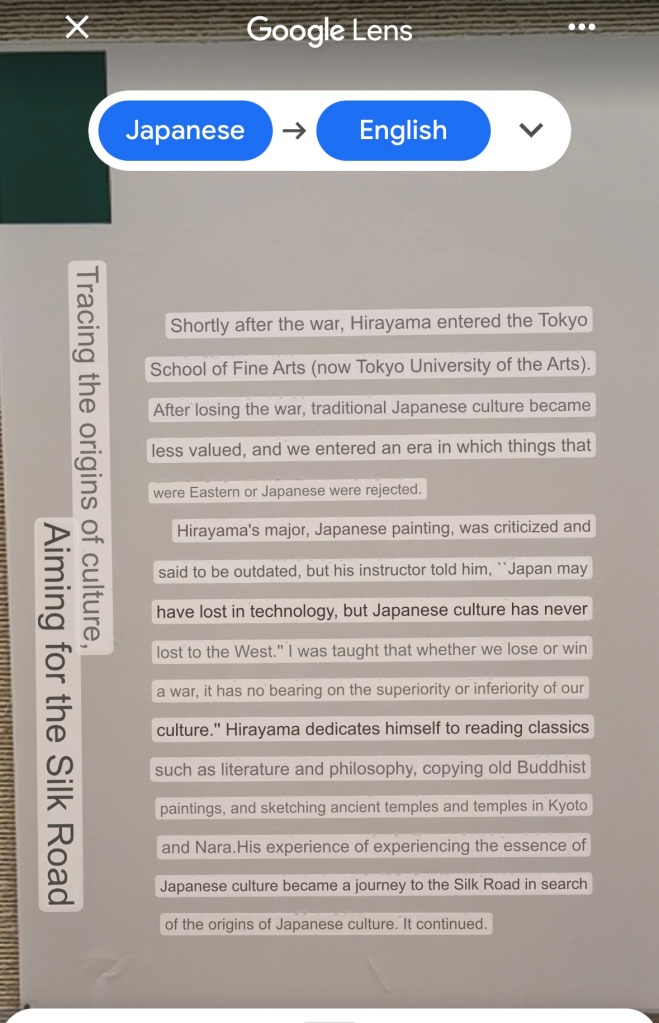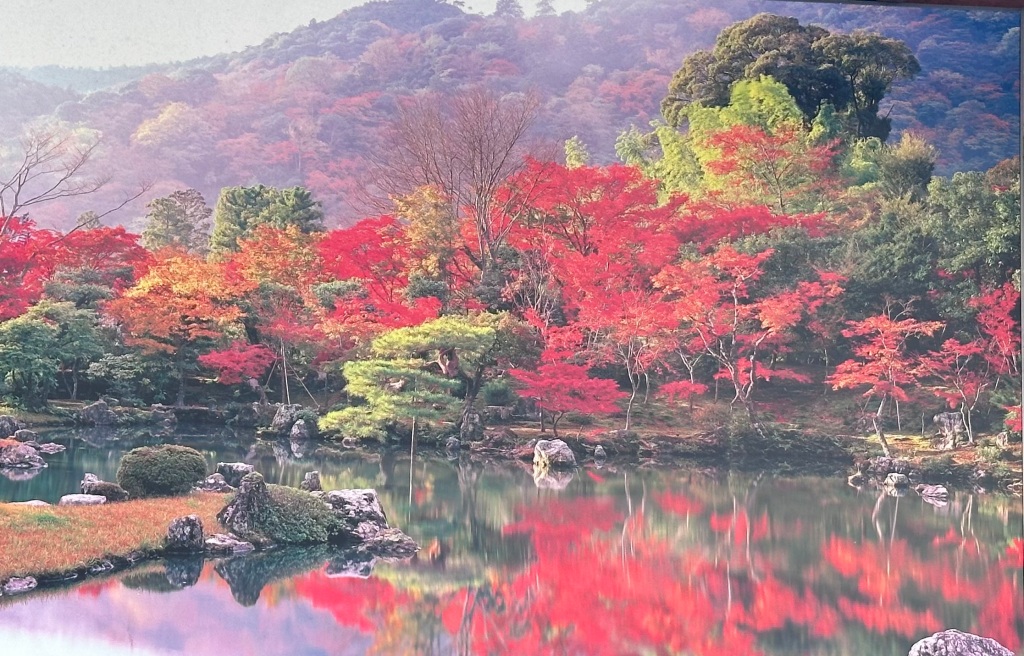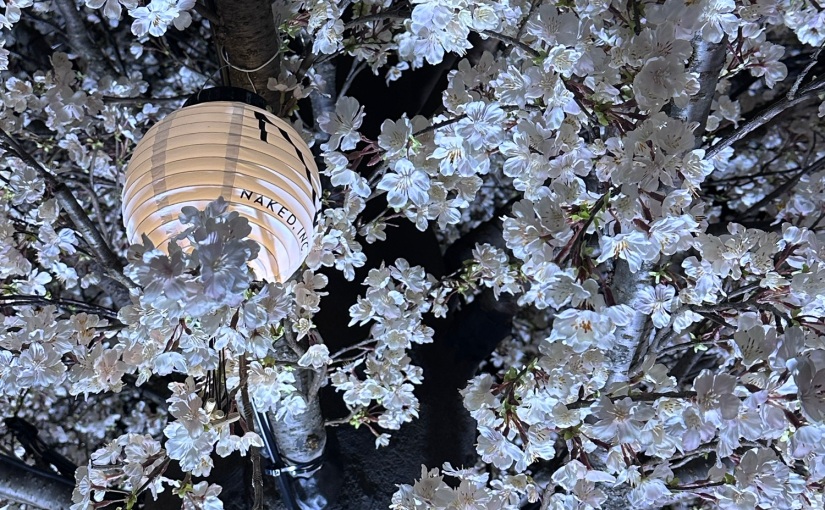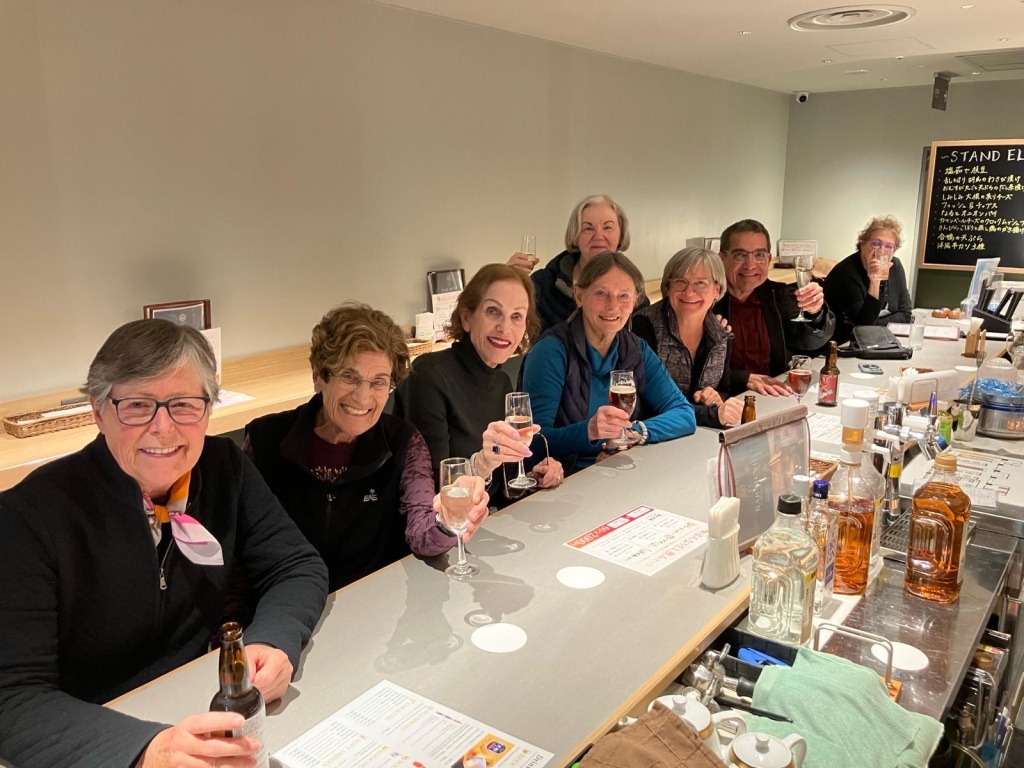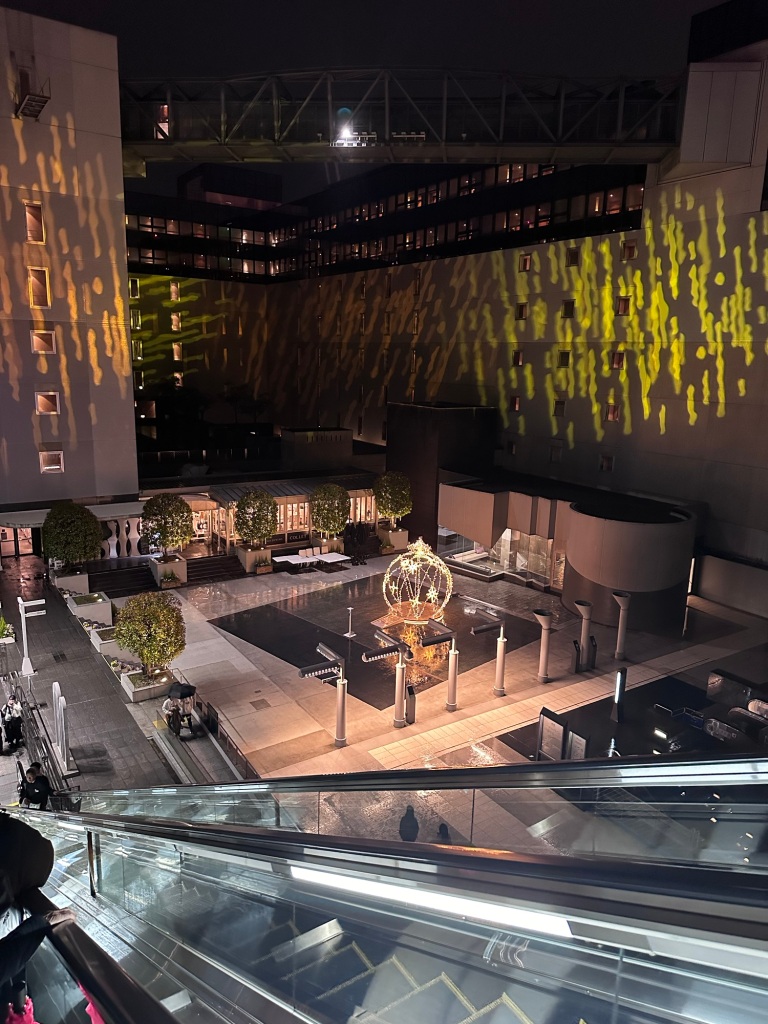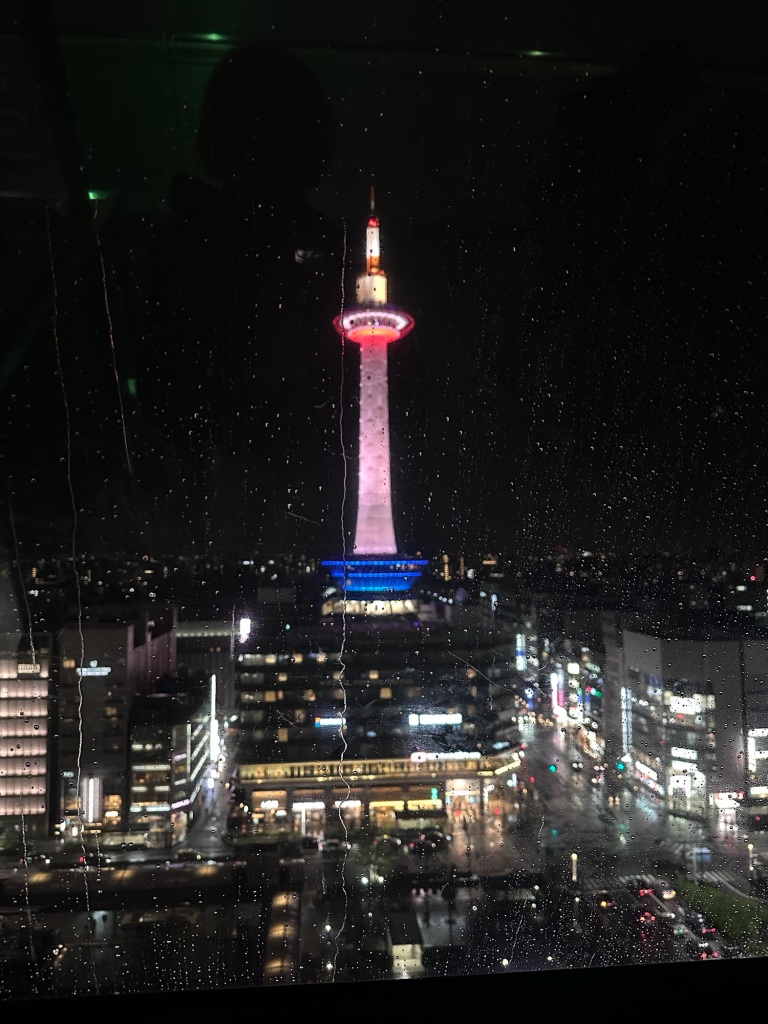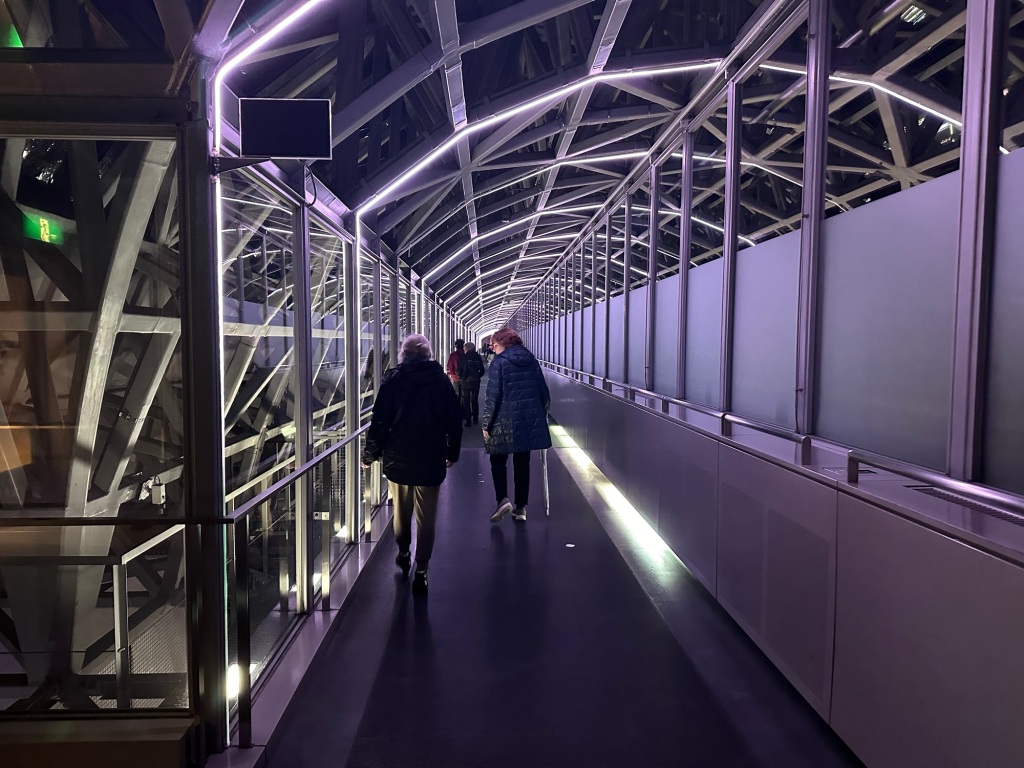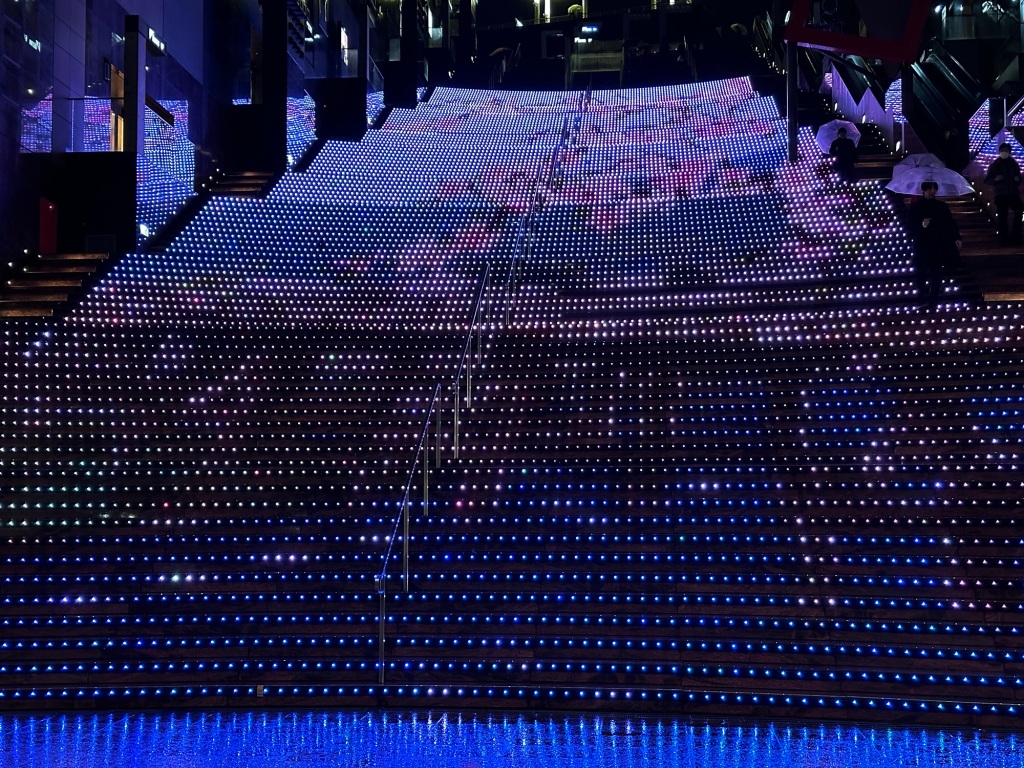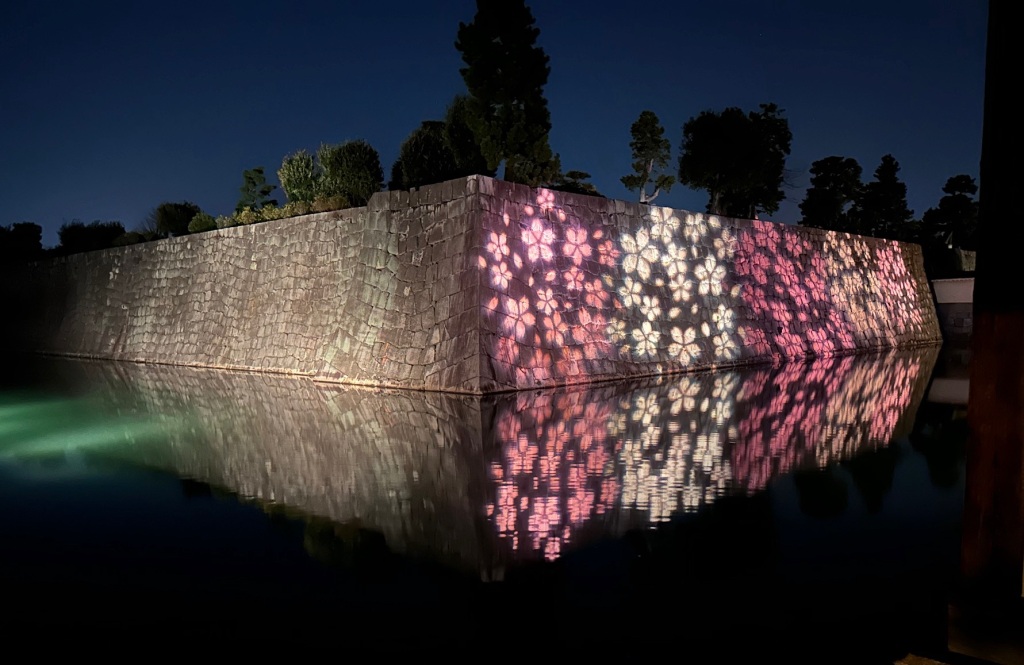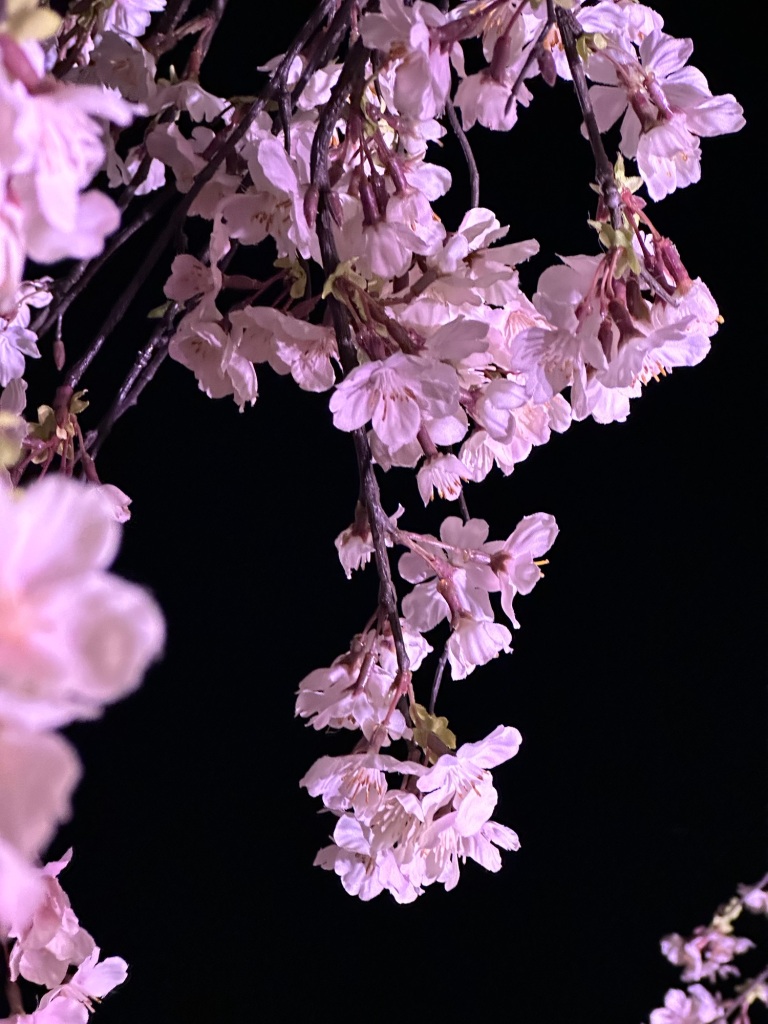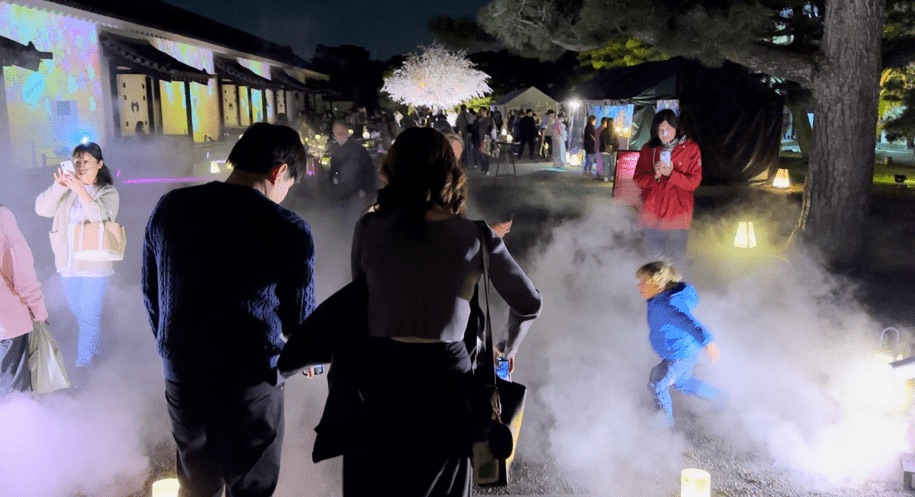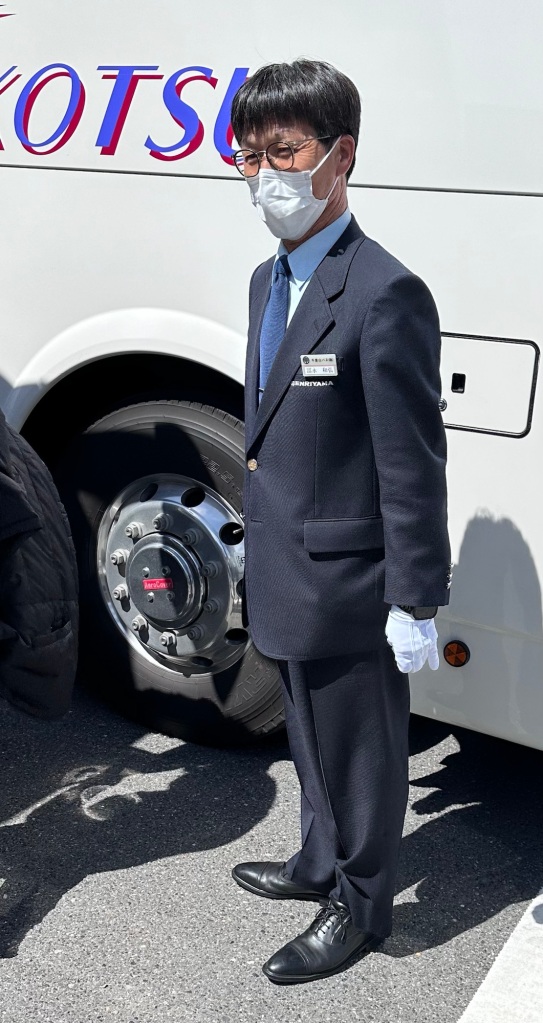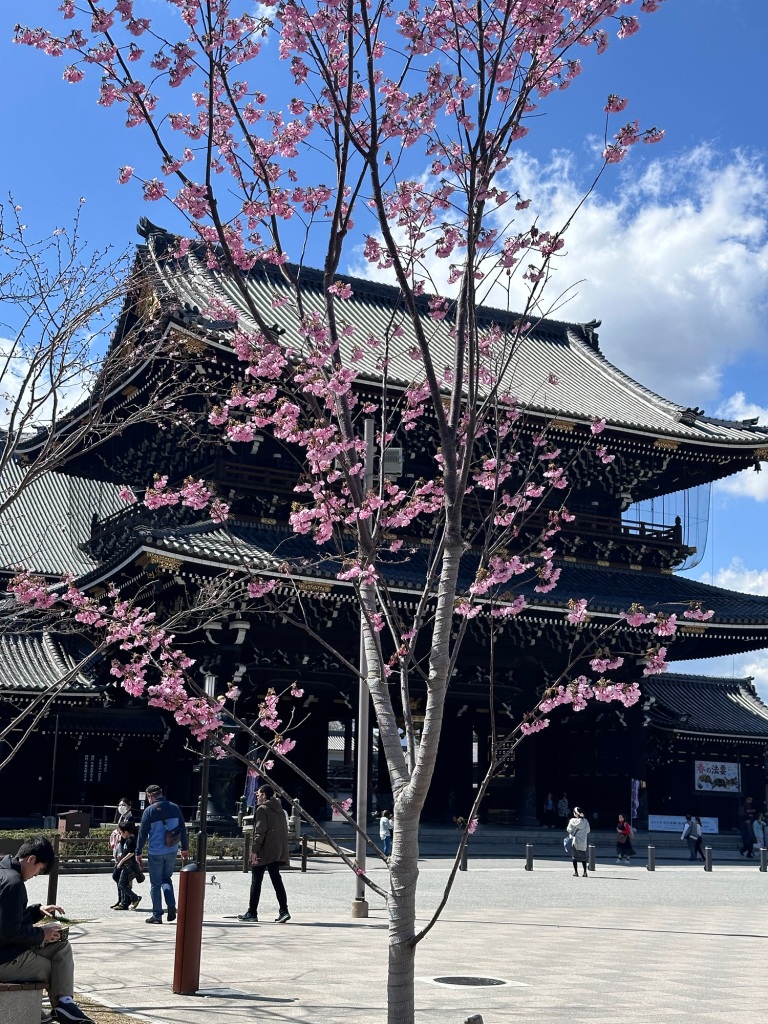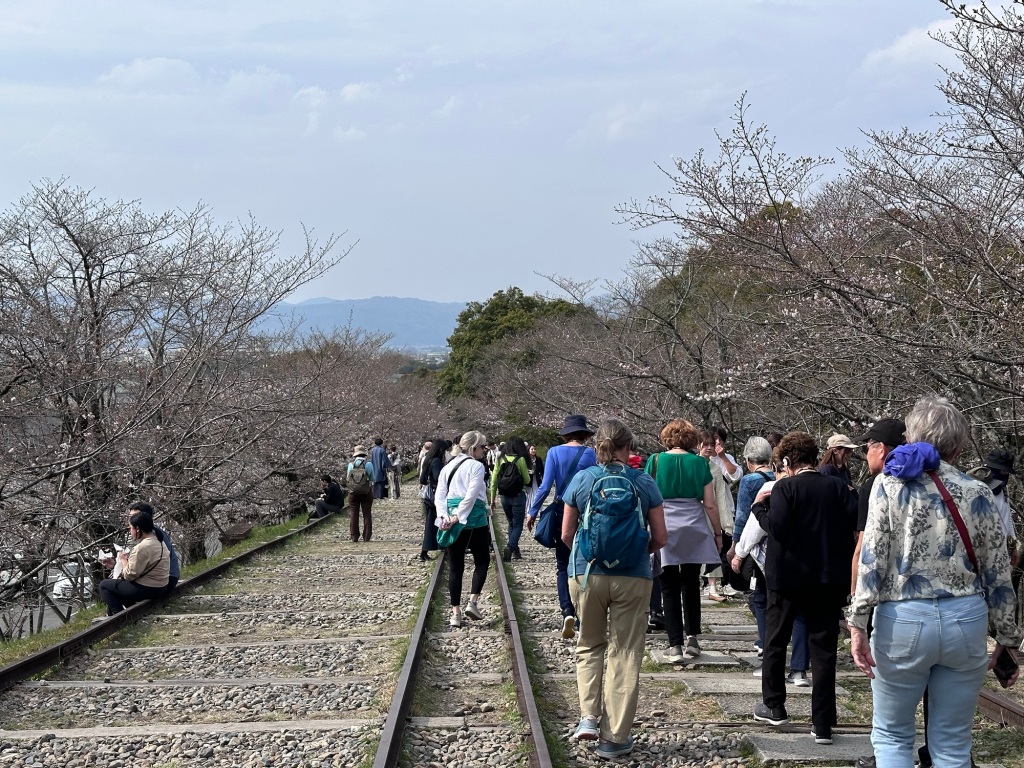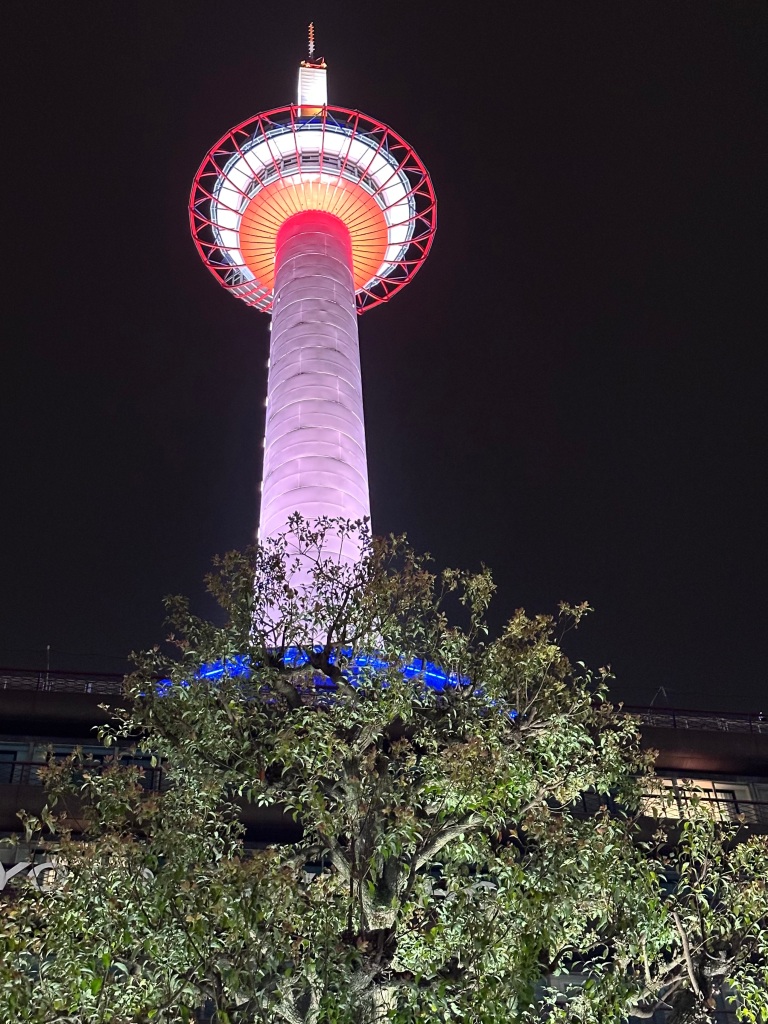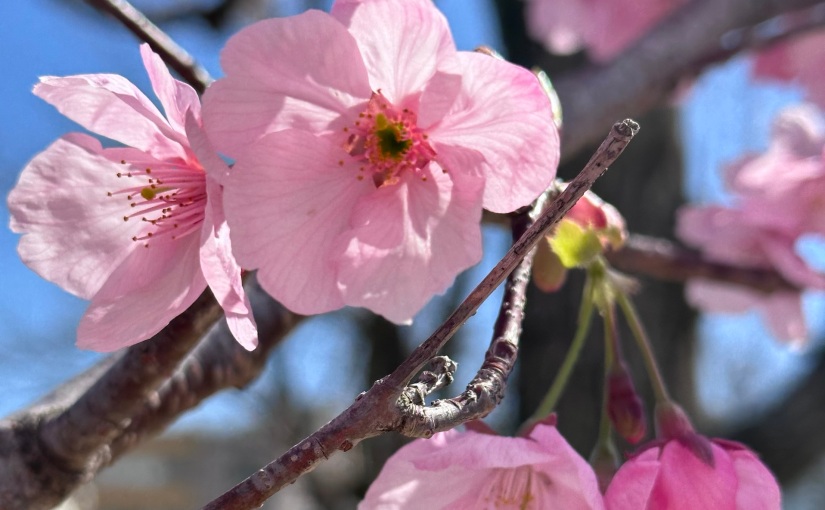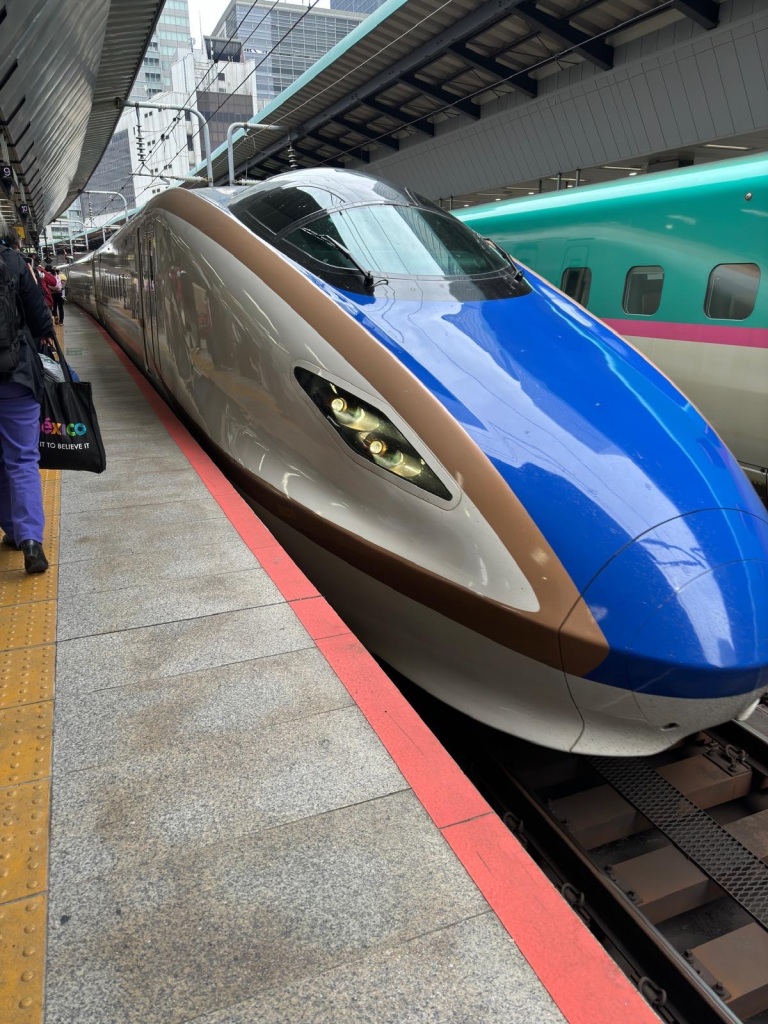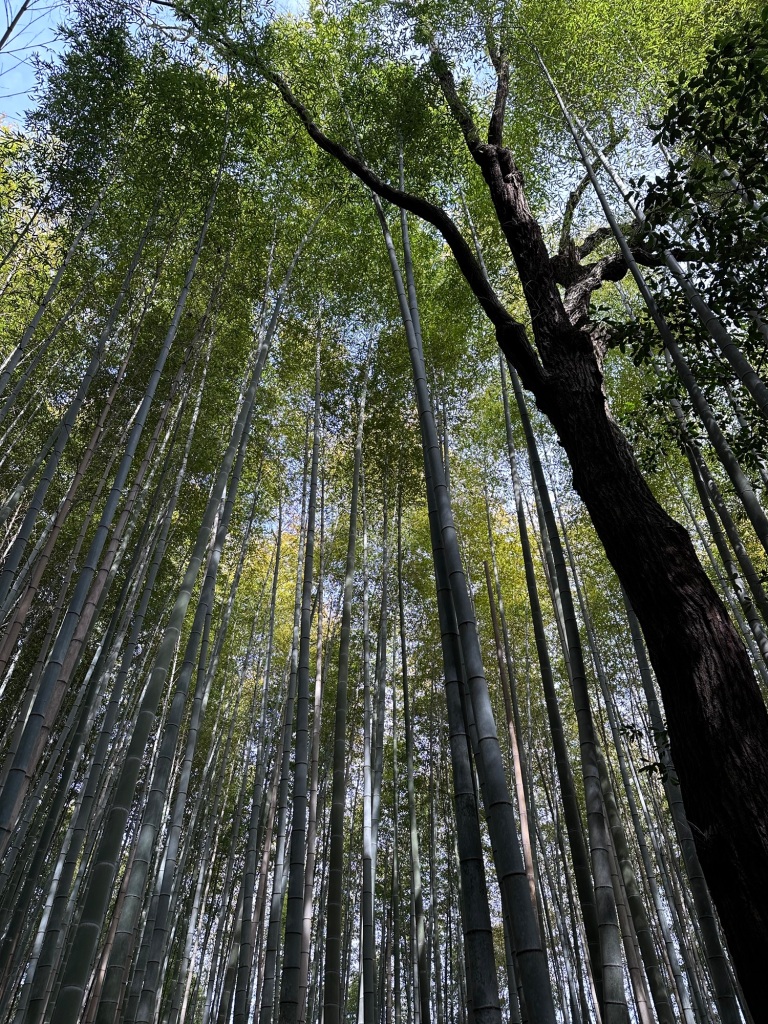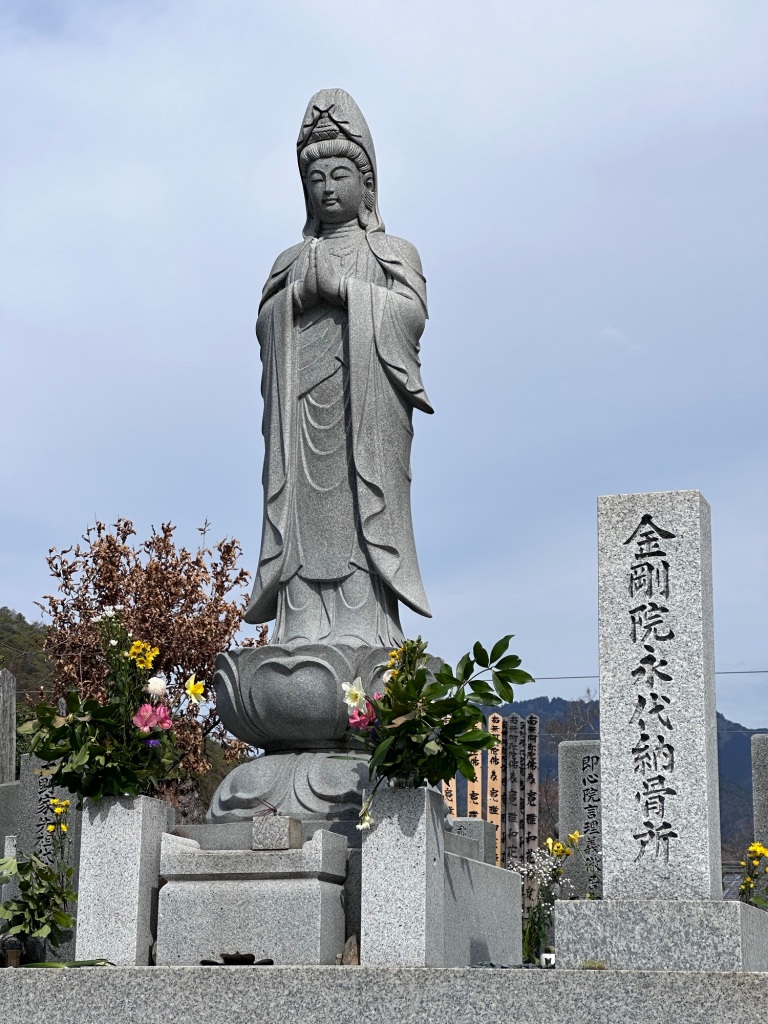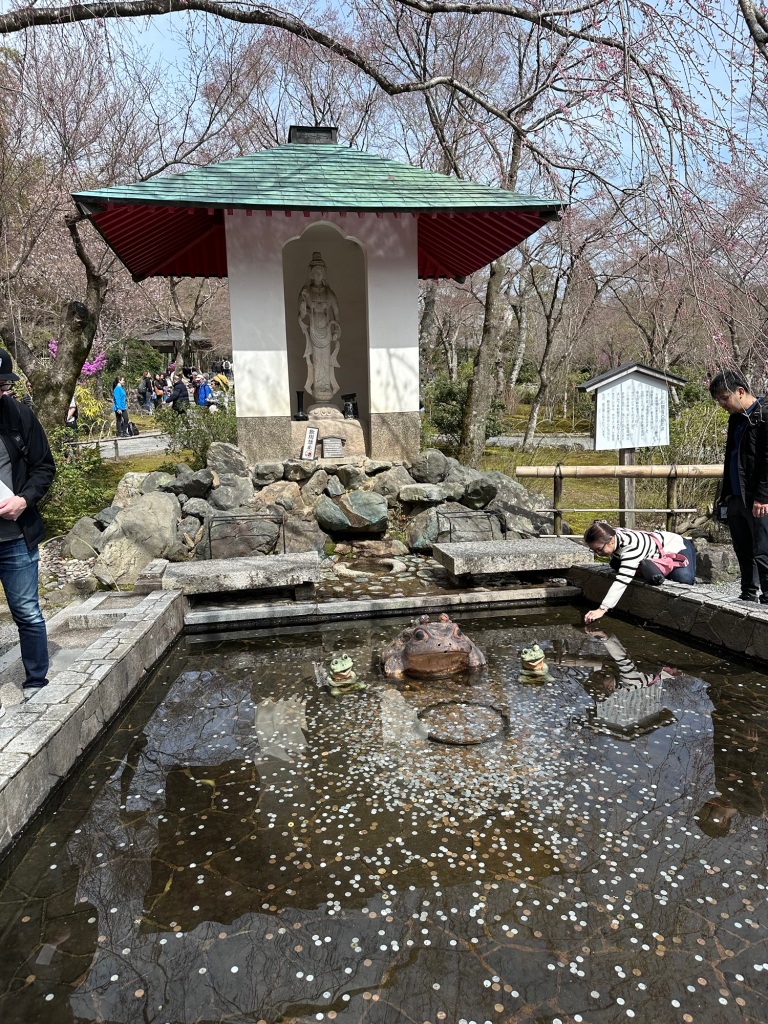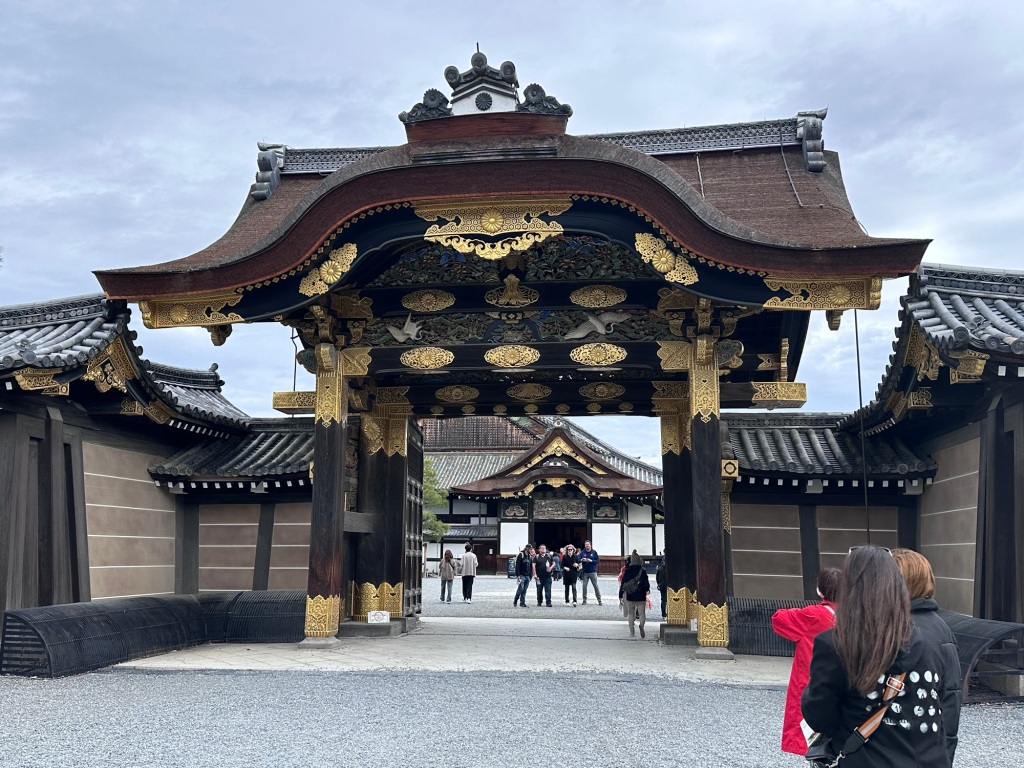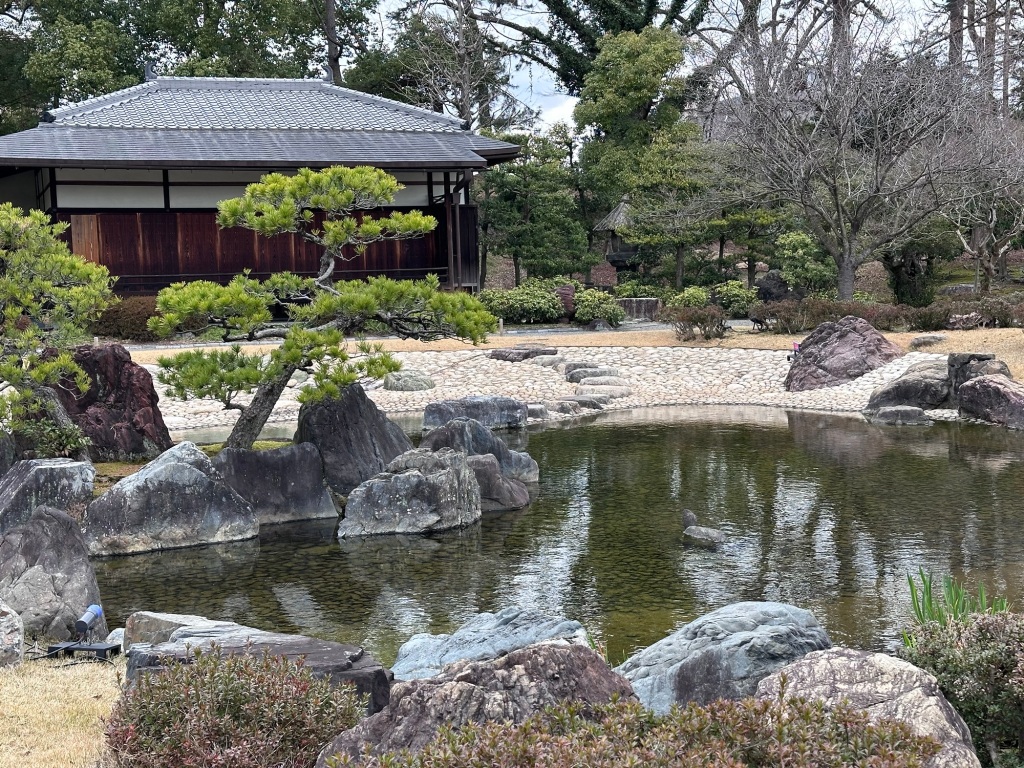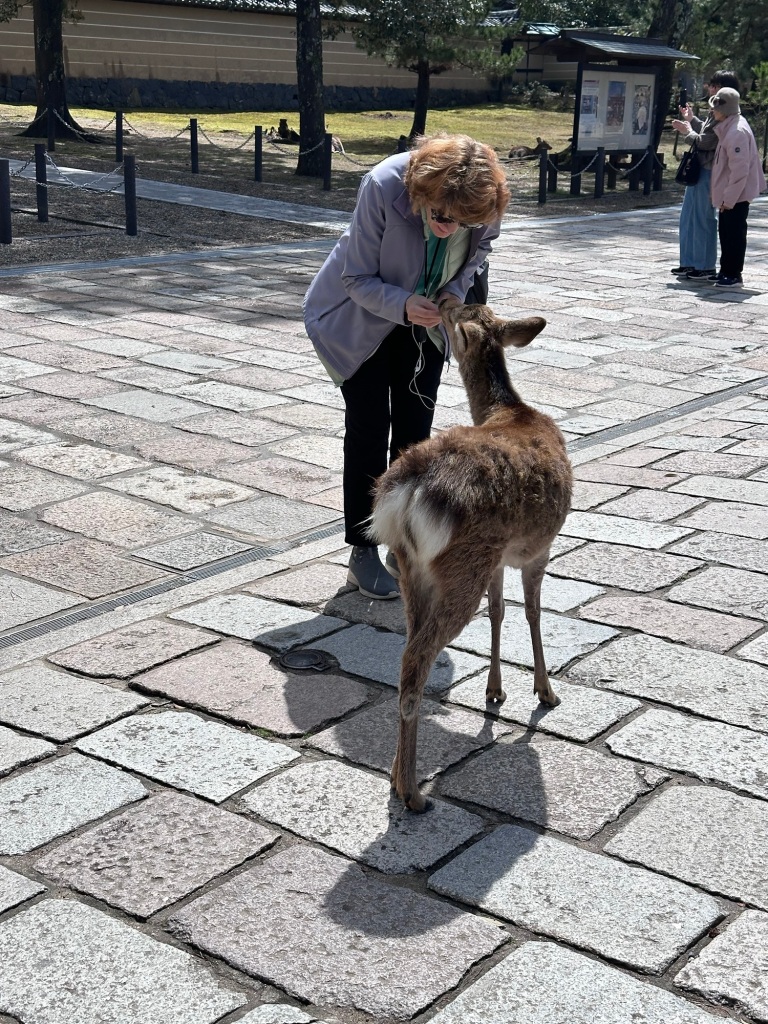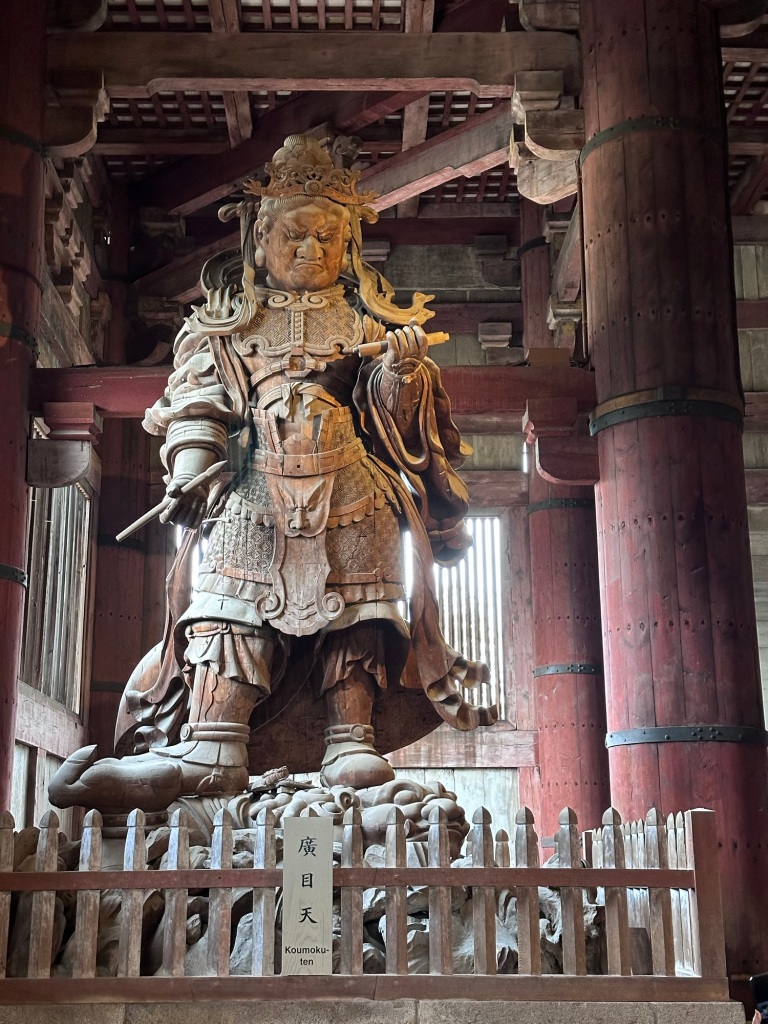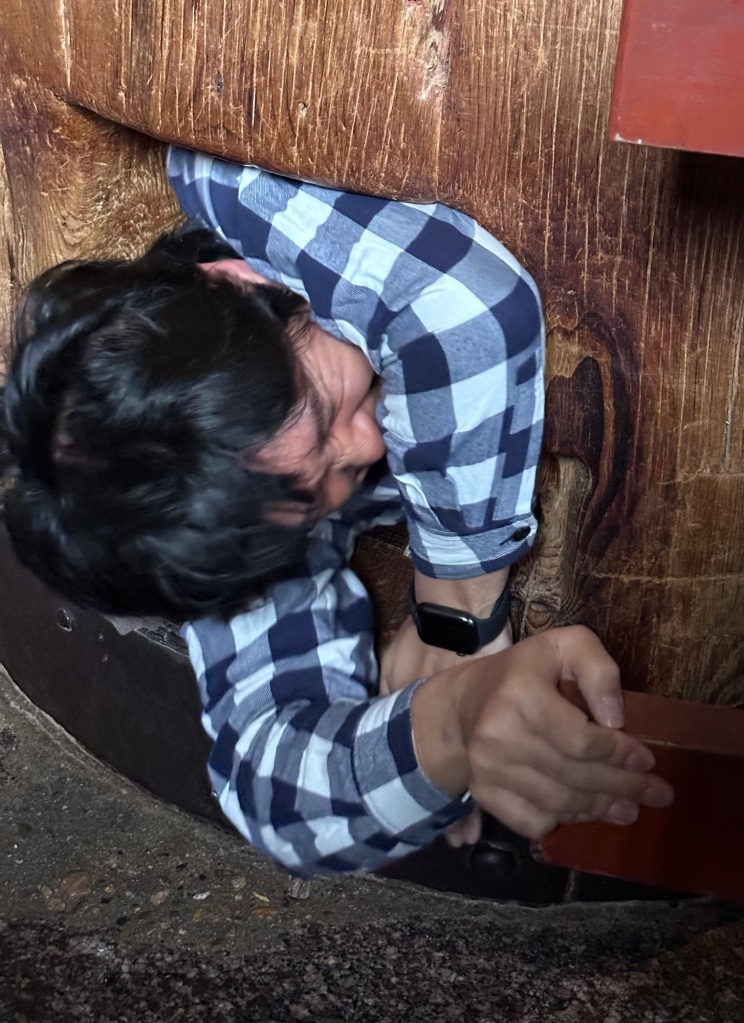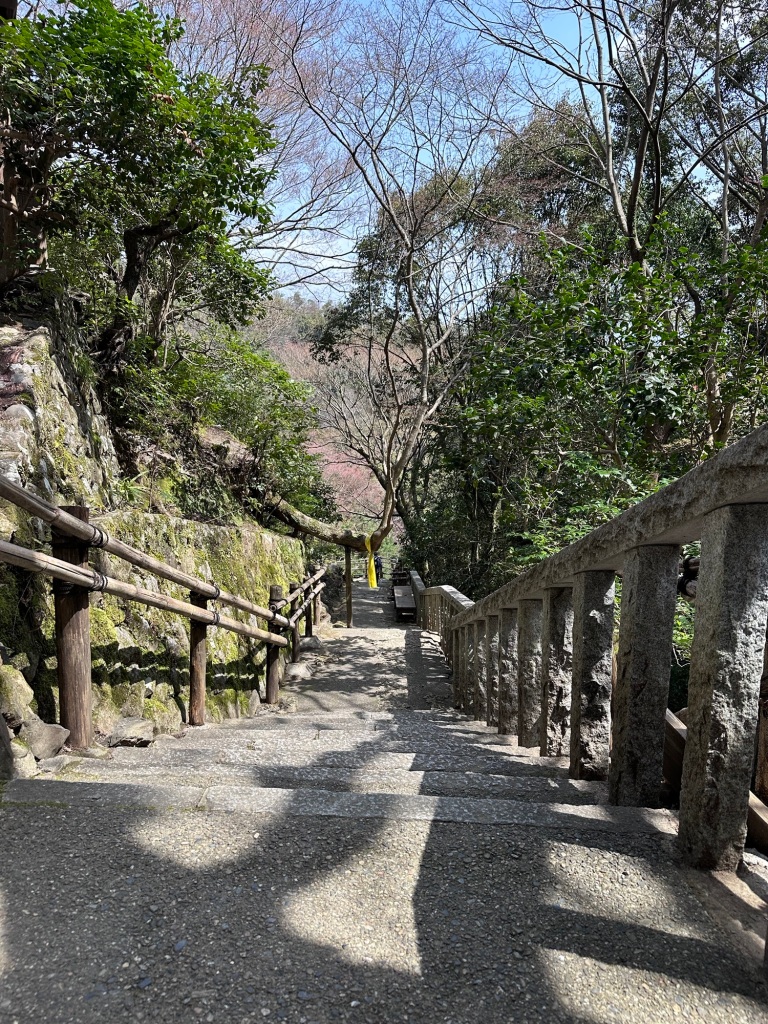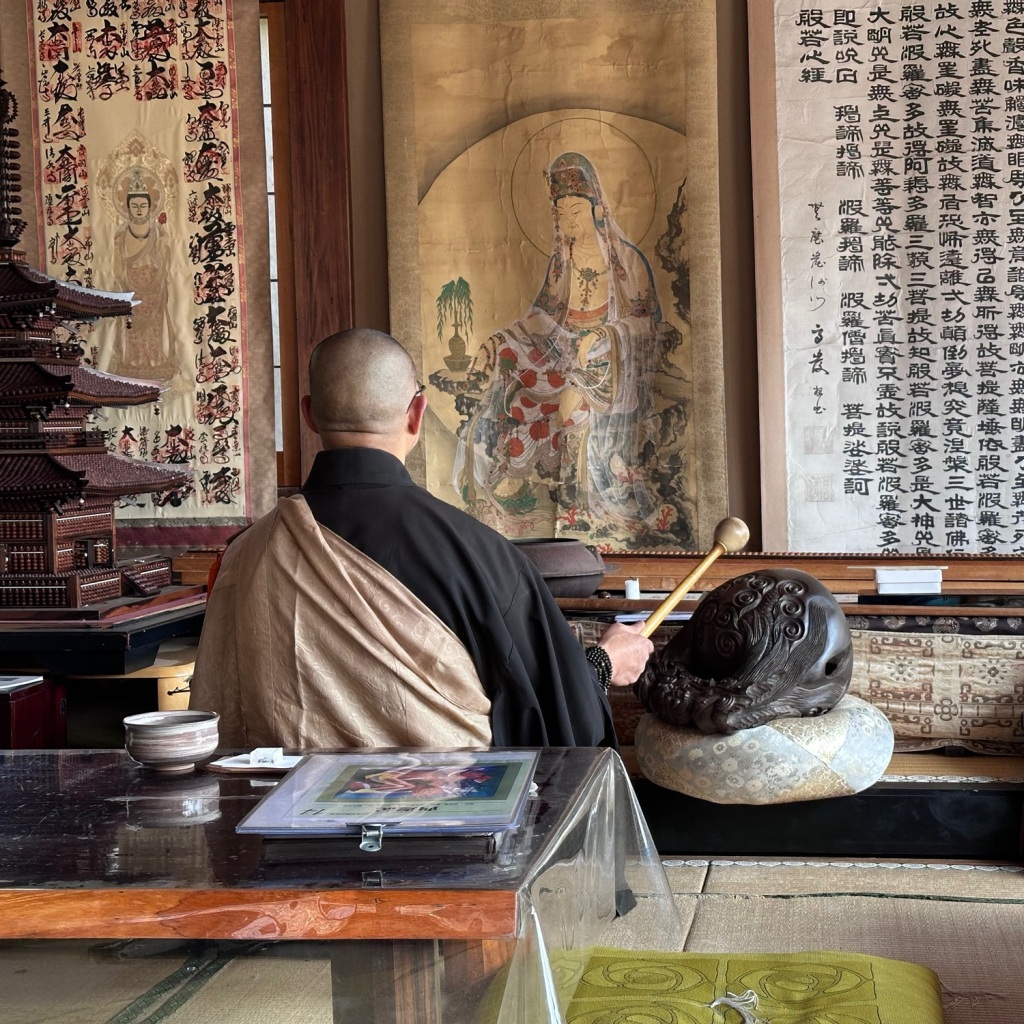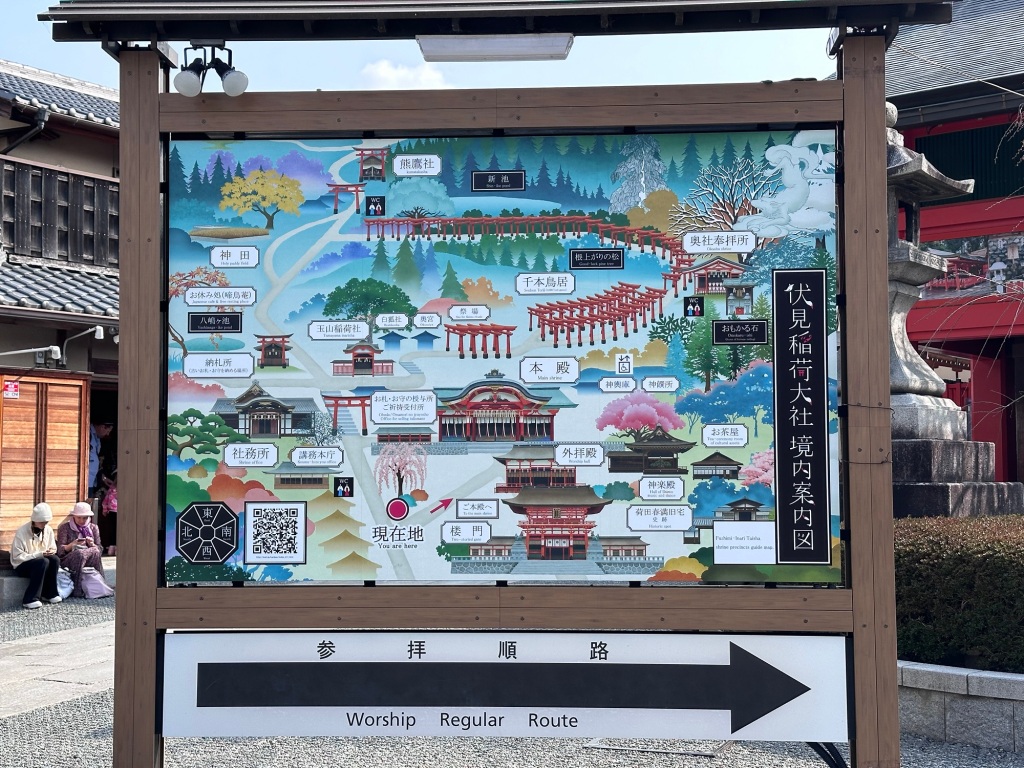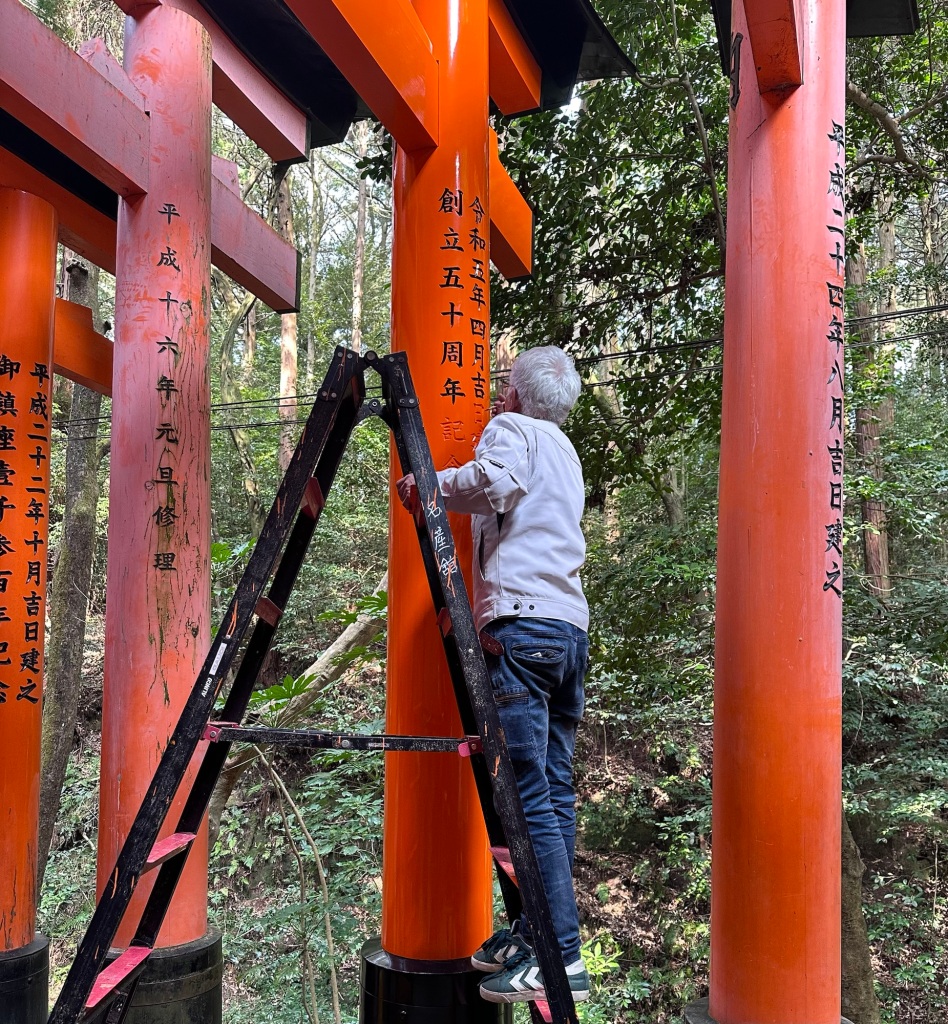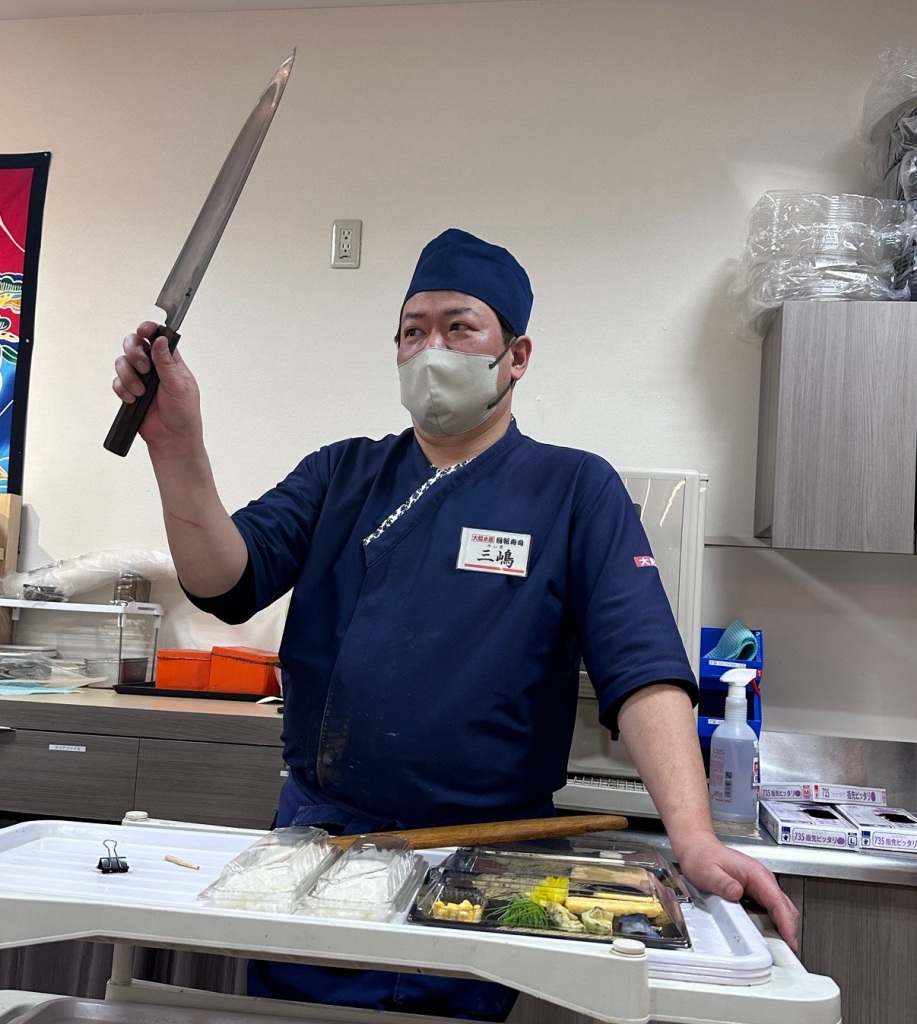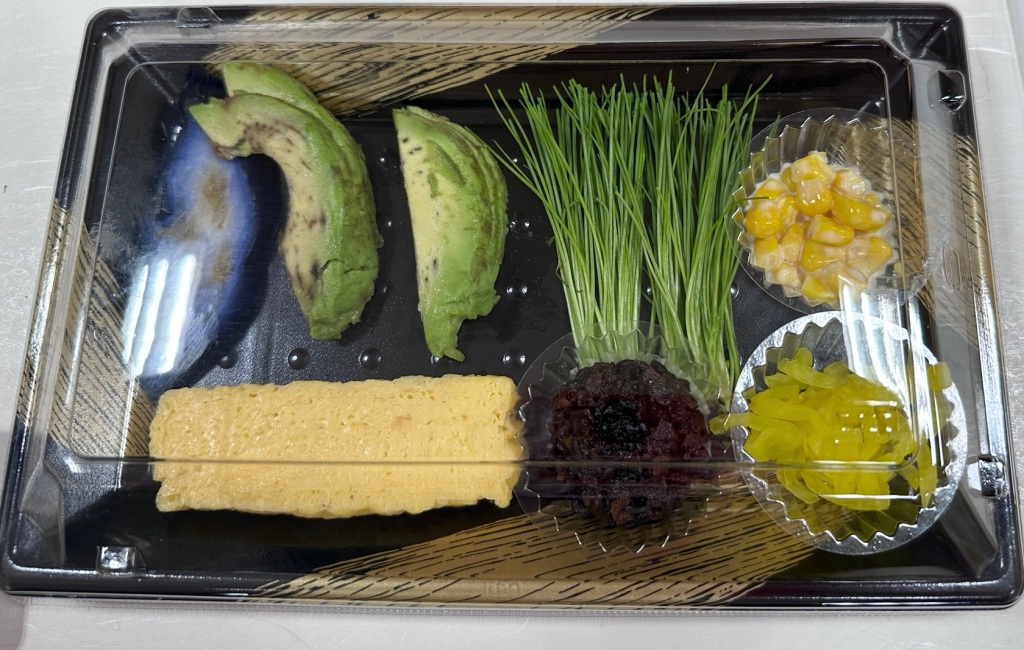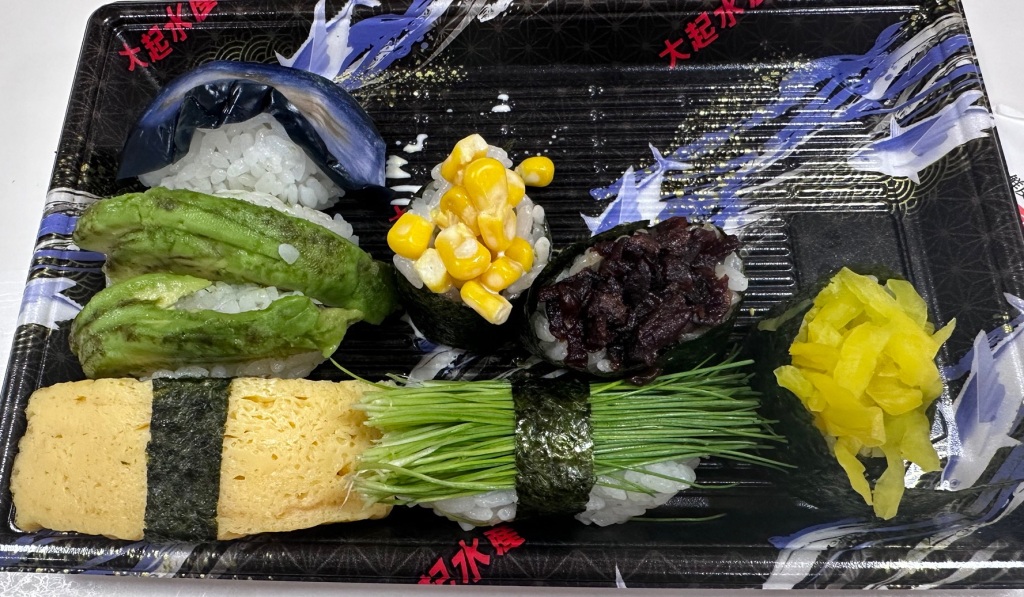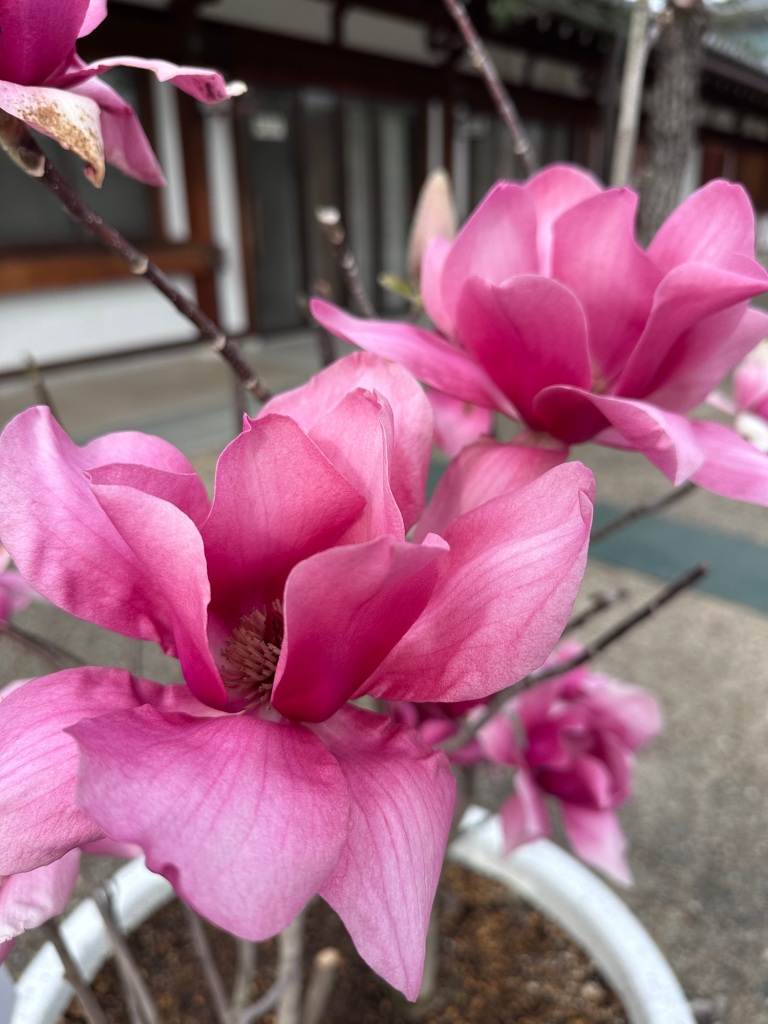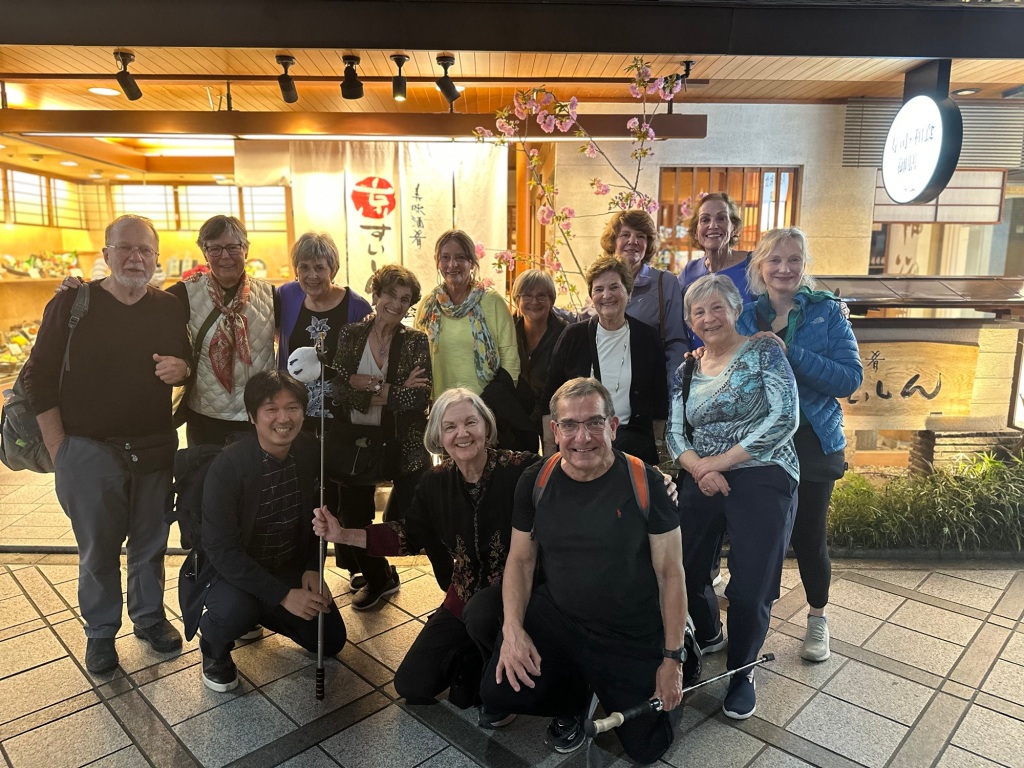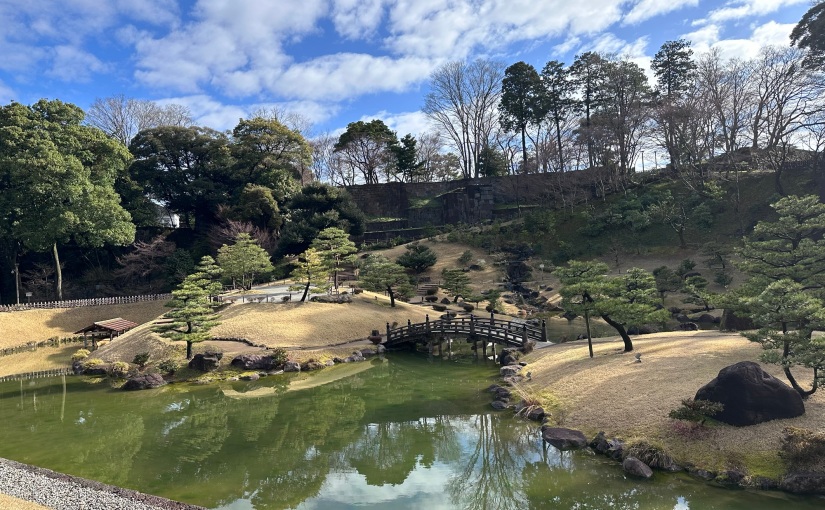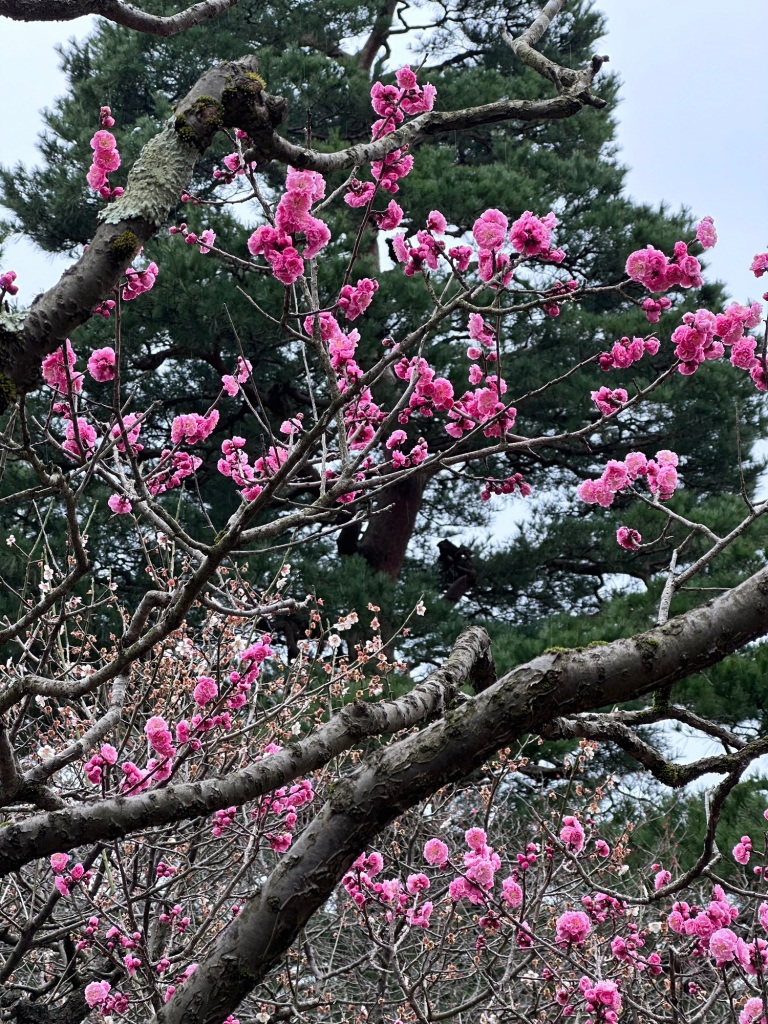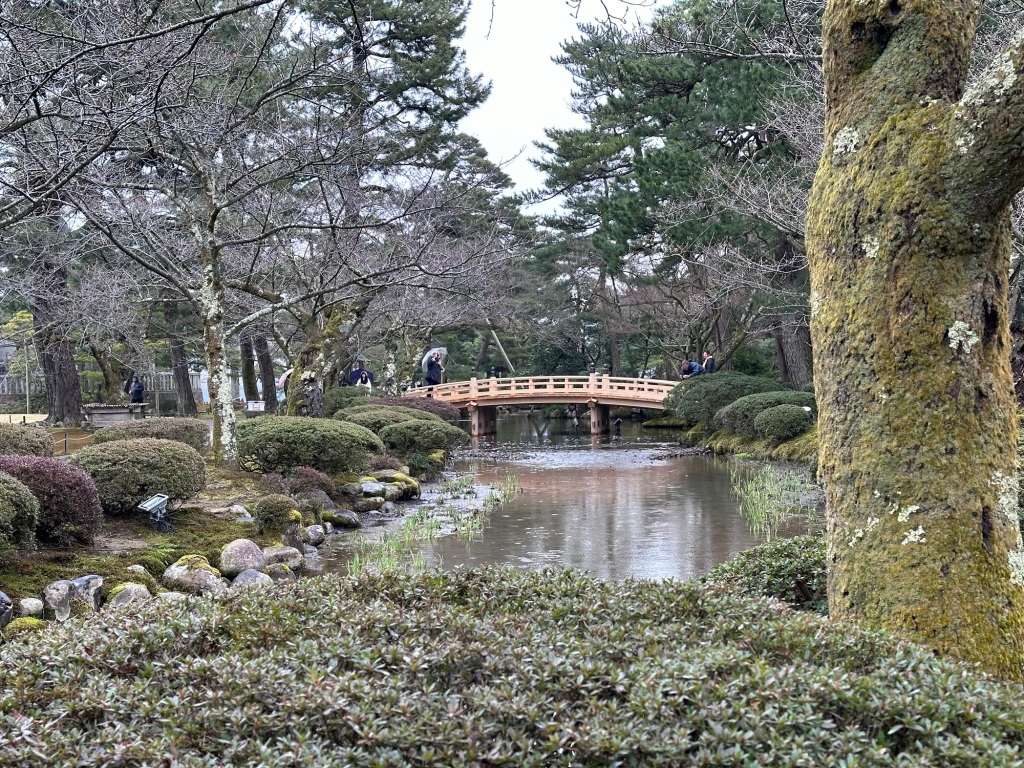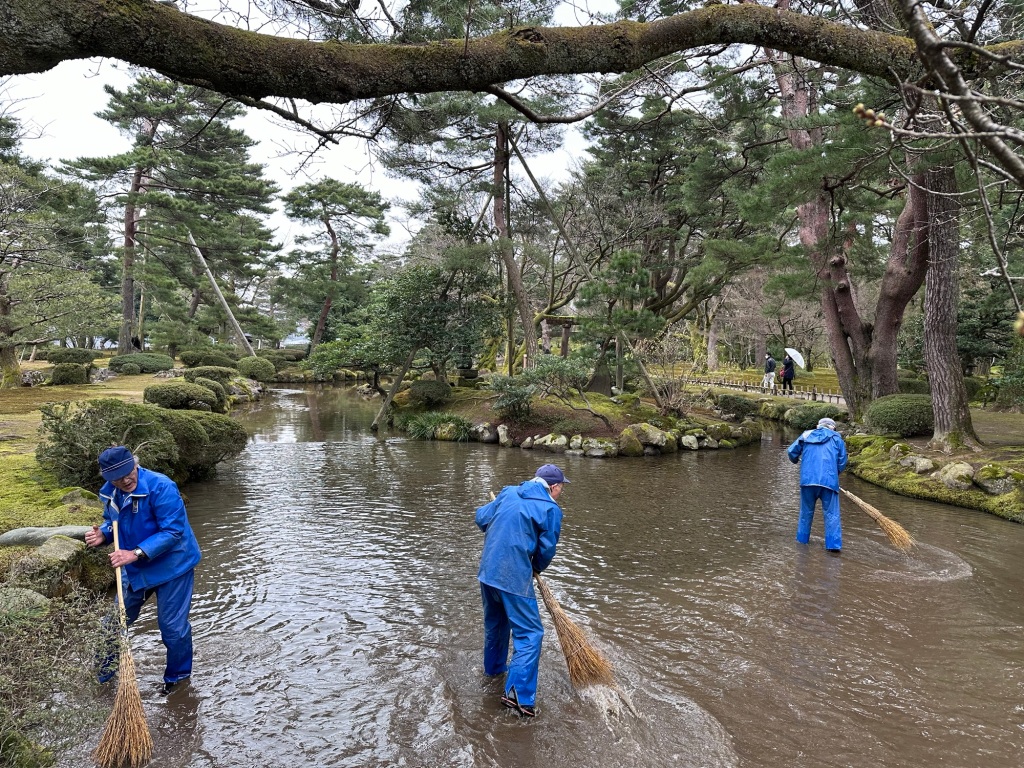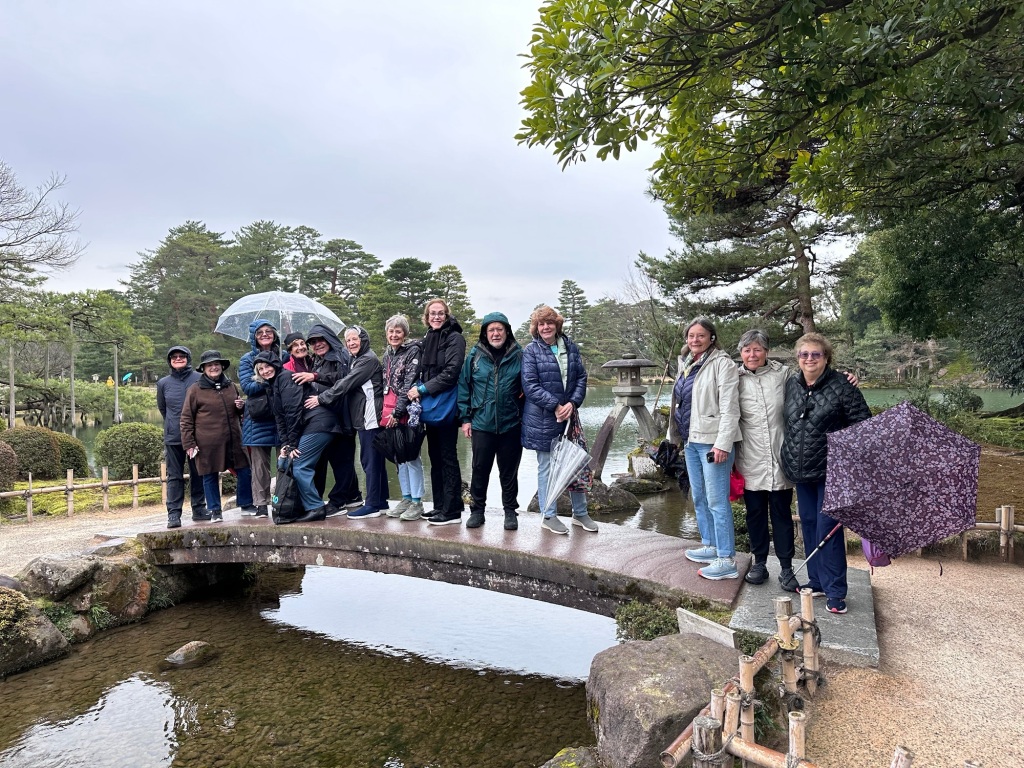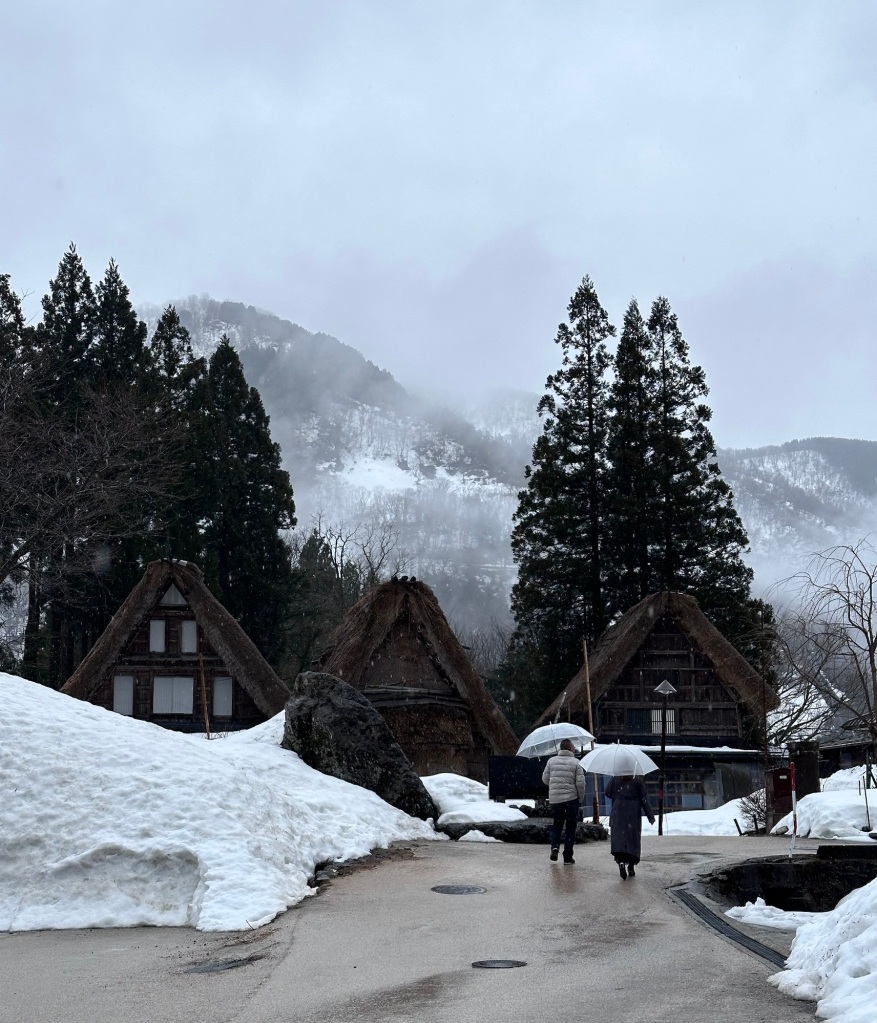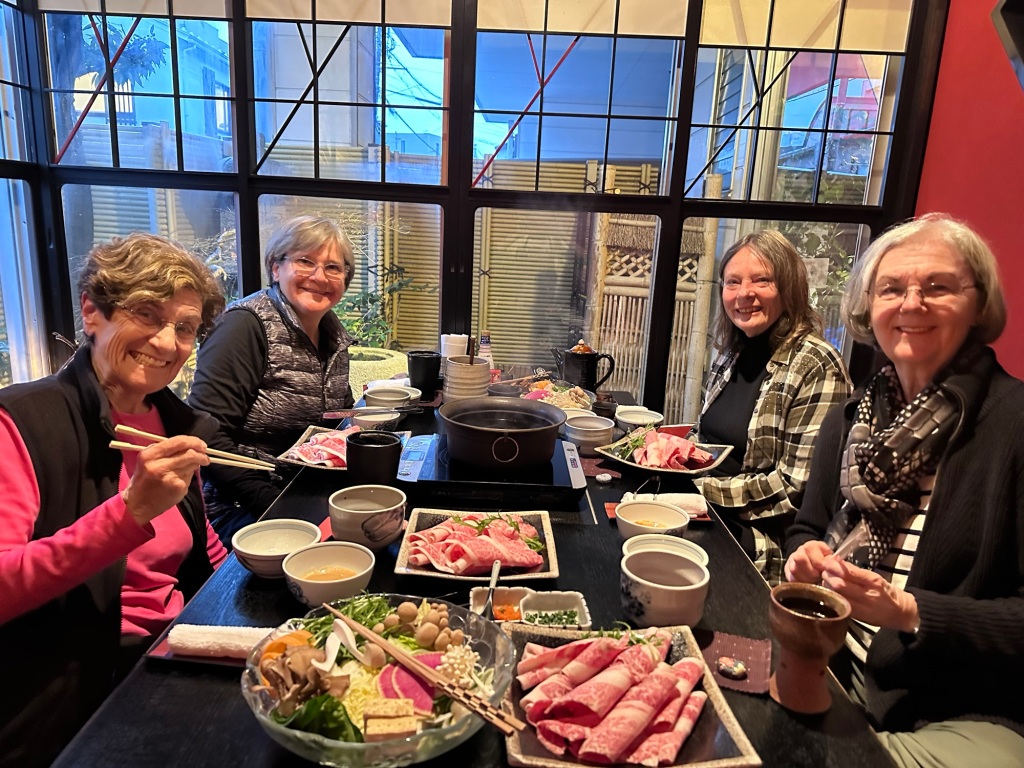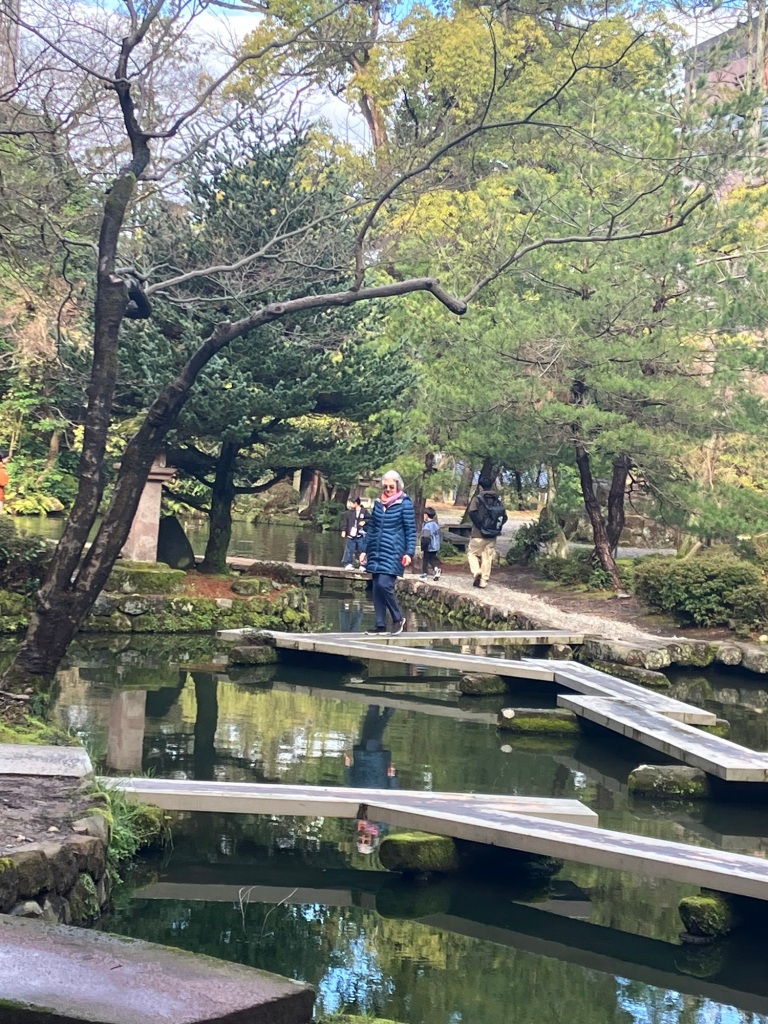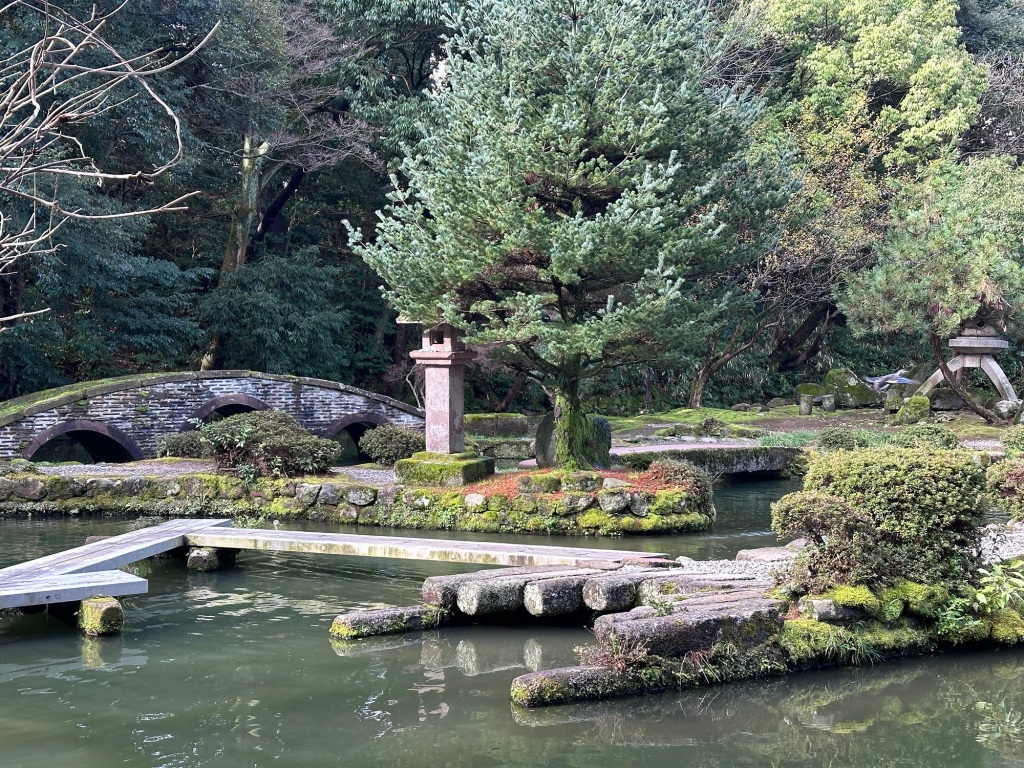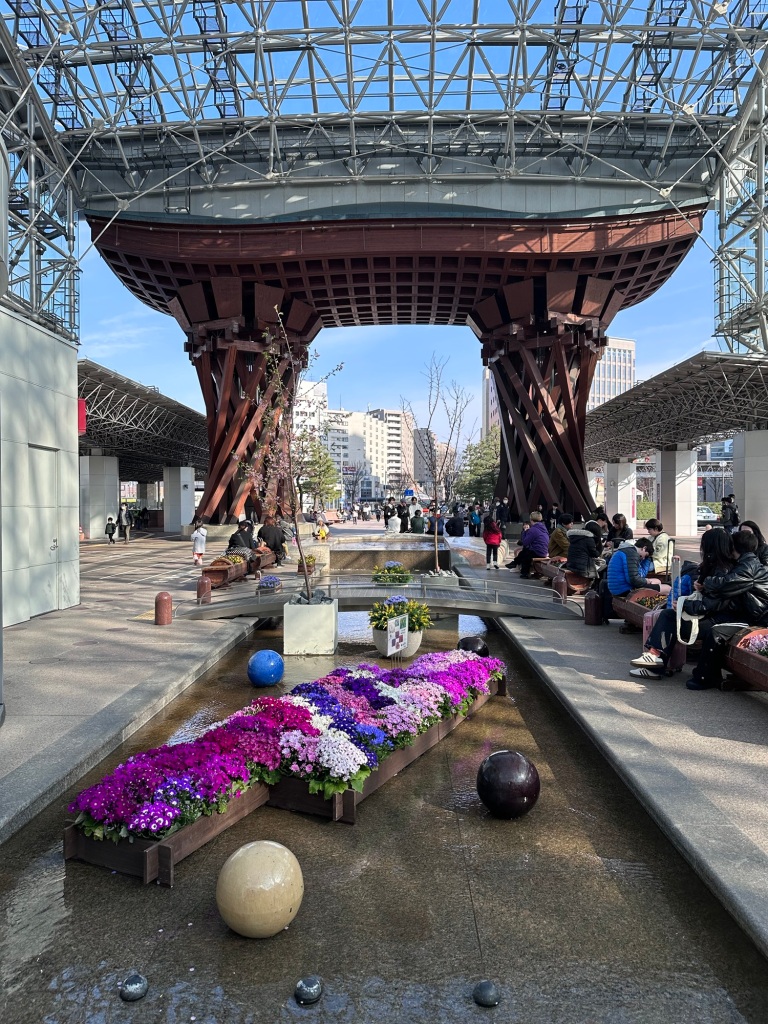Once again, the composition of our group changed, as we said goodbye to Mary, Jim, Kathleen and Cathy. We were all sorry that they weren’t continuing on the Hiroshima post-trip with us because they had been such wonderful fellow travelers. OAT’s small group size is very conducive to forming strong friendships.
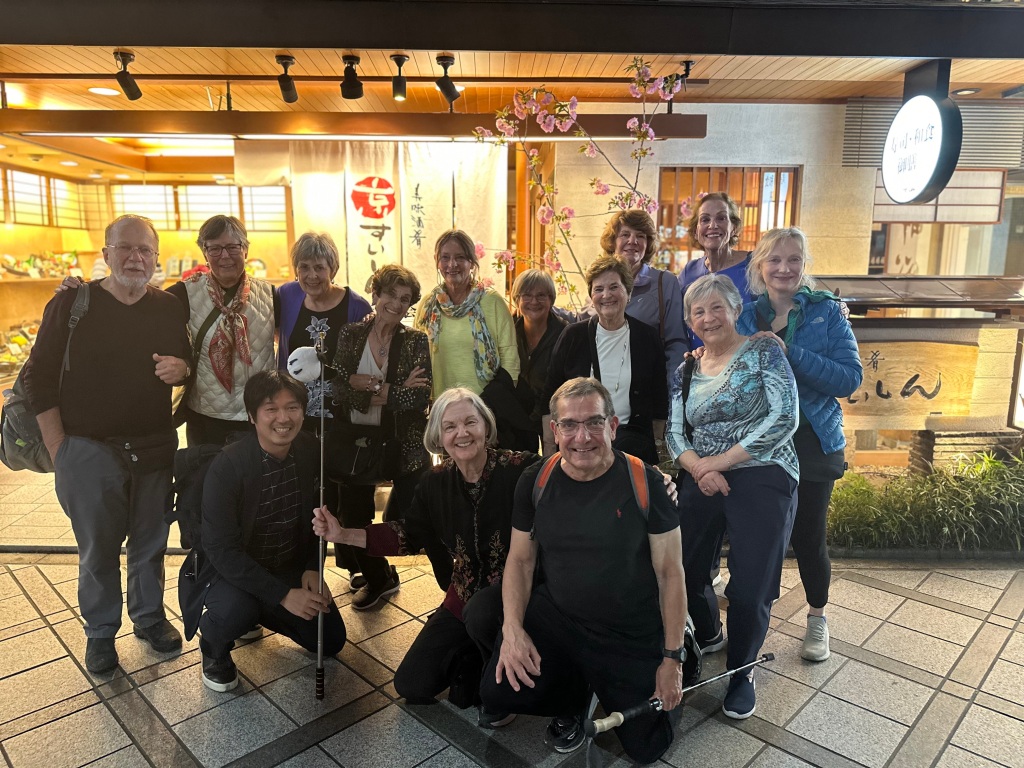
I love that OAT allows us to customize our trips. Nine of us (Mike, Renee, Ruth, Patsy, Janis, Mary, Jim, Kris and I) opted to do both the pre and post trips, which gave us three additional nights in Tokyo, and three nights in Hiroshima. Cathy and Kathleen only opted for the main trip. Bobbie, Ilene and Joan chose the post trip. Joan was the most adventurous of our group. extending her stay by traveling independently for several days, visiting islands off the coast of Japan.
Once again, the very clean, comfortable bullet train whisked us from Kyoto to Hiroshima in time for lunch, after which we spent the afternoon at the Peace Memorial. Although I watched a video in the Peace Memorial Museum, I couldn’t bear to view the exhibits showing the human devastation from the bomb and its aftermath.
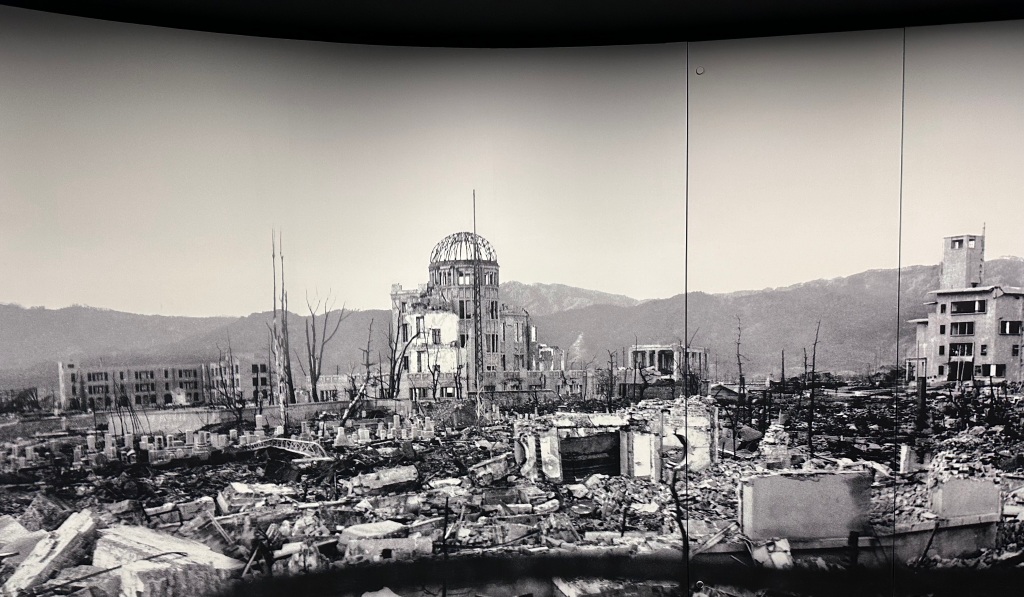
Just seeing the destruction of the buildings was heartbreaking enough. I quickly exited the building, preferring instead to enjoy the gorgeous afternoon in the park, which was filled with beautiful memorial sculptures. Completed in 1954, the park was rightfully designated as a “National Place of Scenic Beauty”.
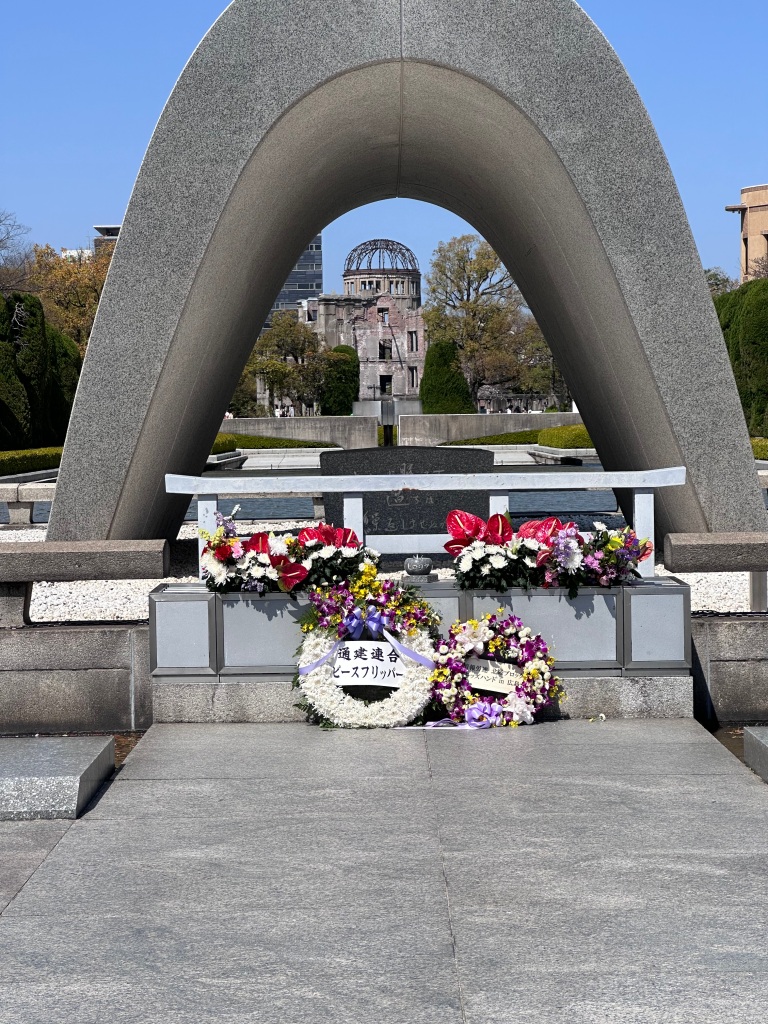
The arch of the Cenotaph for the atomic bomb victims is strategically placed to frame the remains of the dome building, the only structure that was left standing after the bombing. Unfortunately, my cell phone camera was unable to the entire memorial including the Flame of Peace, so instead, I’m providing a description from Japan’s tourism site:
“The base of the sculpture represents two wrists joined together, and the two wings on either side represent two palms facing upwards to the sky. It was designed both to console the souls of the thousands who died begging for water and to express the hopes for the abolition of nuclear weapons and the realization of lasting world peace. The flame at the top was lit on August 1, 1964, and has been burning ever since in protest of nuclear weapons, and will continue to burn until there are no nuclear weapons left on earth.
Poignant sculptures are plentiful in memorial park. This one needs no explanation.
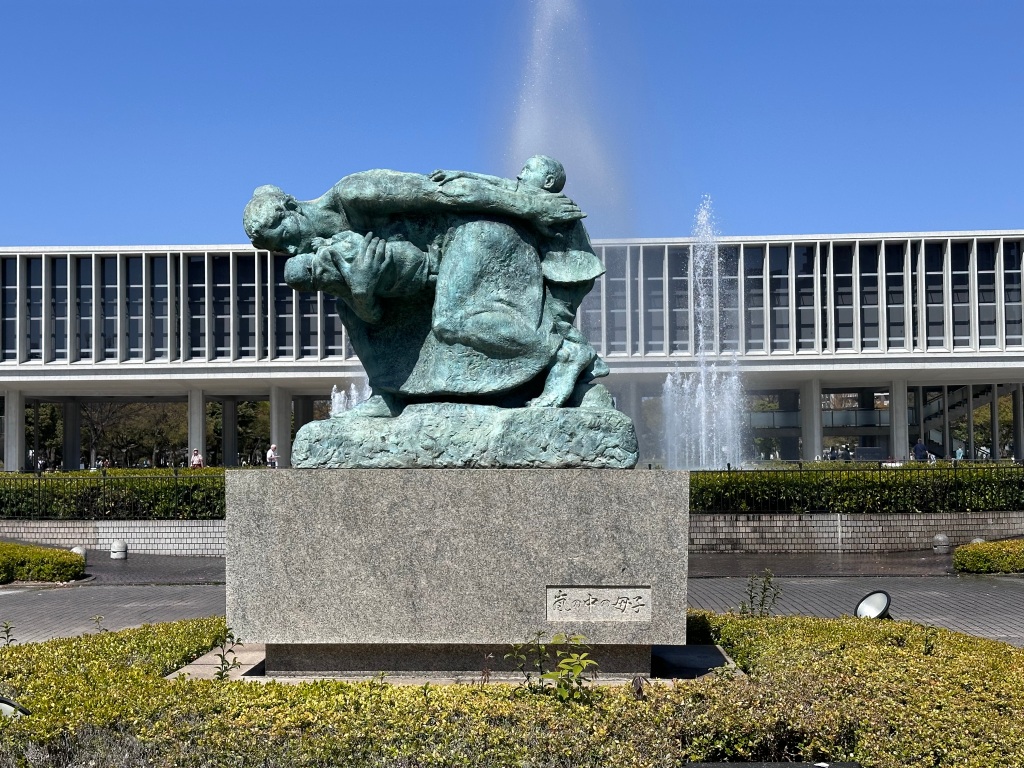
A plaque at the base of the following statue, entitled “Statue of a Prayer for Peace” explains the artist’s intent:
“From parent to child, not yesterday but tomorrow, the crescent moon will become a full moon. I want to sound the trumpet for peace in the search for a new future.”
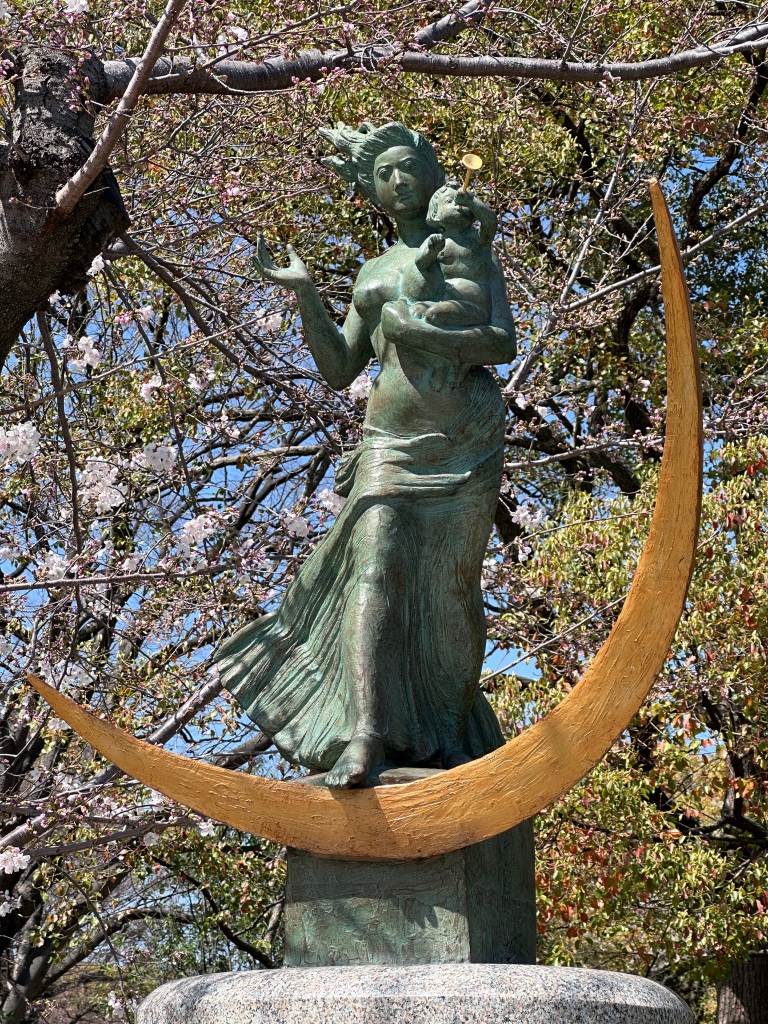
My favorite sculpture is the Children’s Peace Monument, which was inspired by the death of a young girl exposed to radiation when she was two years old. Ten years later she died from leukemia. The inscription by the statue tells the story of the monument’s creation:
“Sadako’s untimely death compelled her classmates to begin a call for the construction of a monument for all the children who died due to the atomic bomb. Built with contributions from more than 3,200 schools in Japan and donors in nine countries, the Children’s Monument was unveiled on May 5, 1958.”

“A young girl lifts a golden crane entrusted with dreams for a peaceful future. Figures of a boy and girl are located on the sides of the monument. This is our cry. This is our prayer for building peace in this world”.
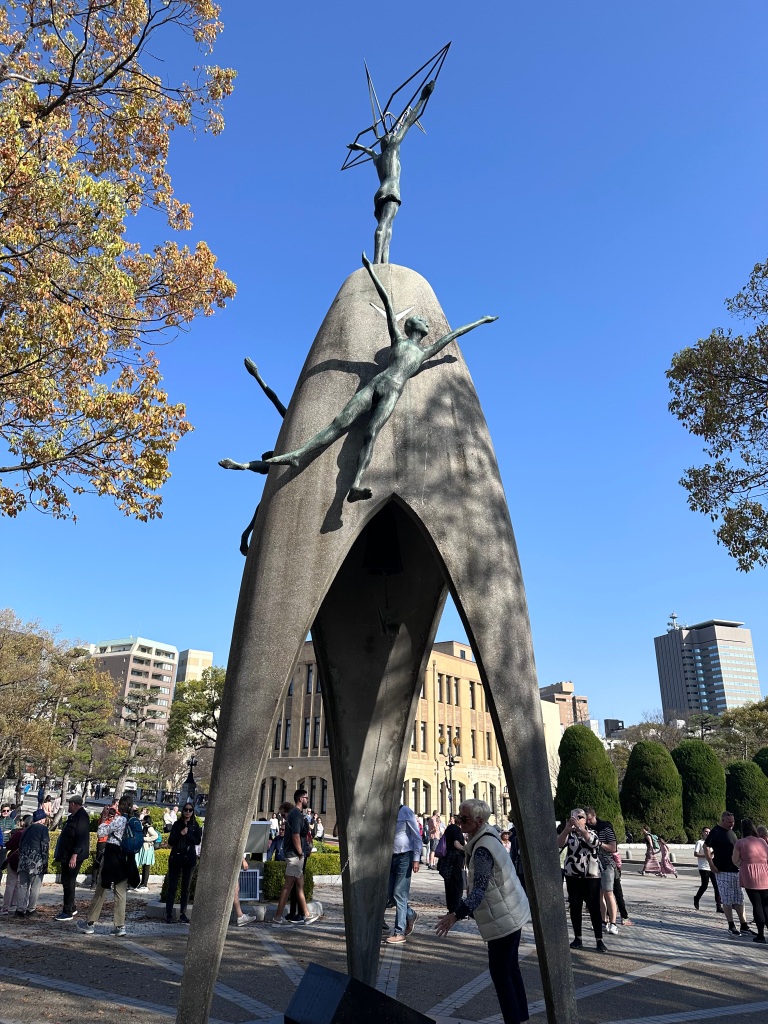

The paper cranes adjacent to the sculpture are a symbol of peace. Each year, millions of paper cranes, sent with a wish for peace, arrive at the monument.
After exploring the park, we met with woman who was 6 years old on August 6, 1945, when the bomb dropped. She shared her family’s experiences with us, translation courtesy of Mori. What struck me was she had no animosity toward Americans. Instead she remembered that the US was one of the first countries to help rebuild Japan after the war ended. Yes, the Americans of the 40’s and ’50s truly were the greatest generation. Maybe at some point, we will find our way back to being the compassionate country of our parents, grandparents and great grandparents.
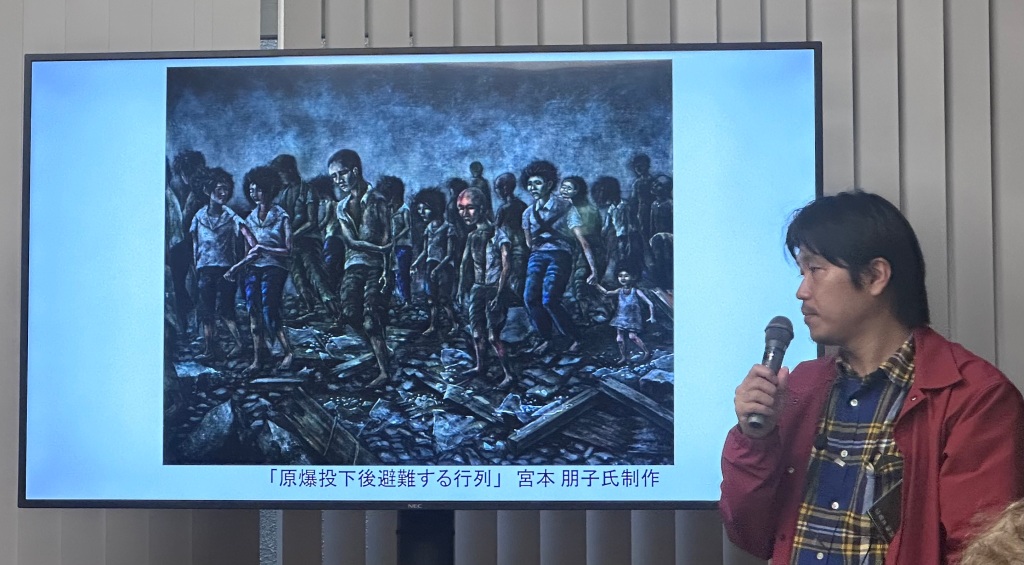
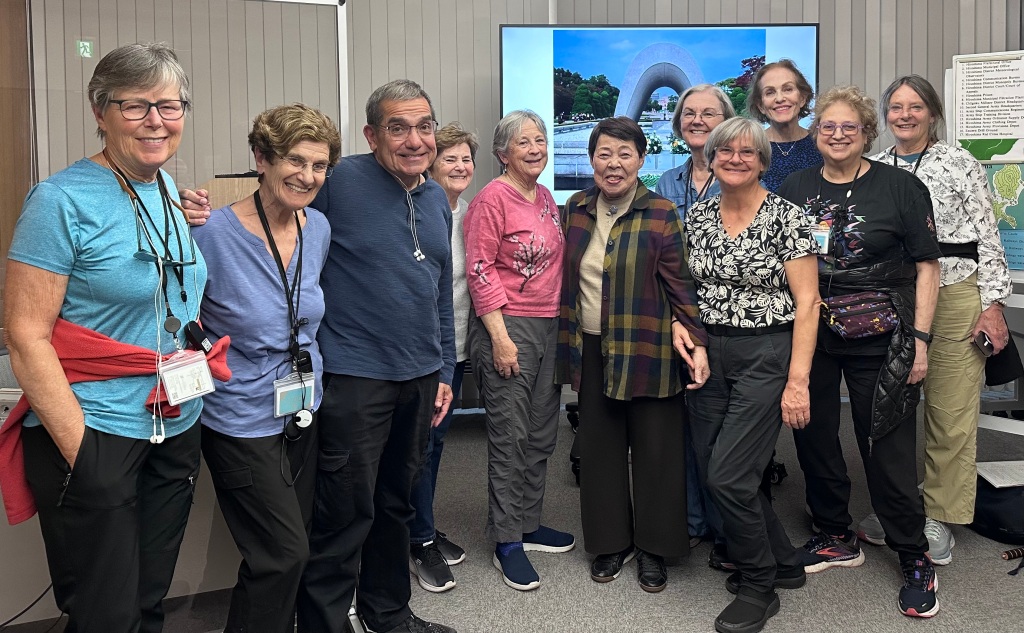
I was impressed that the Museum presented a balanced view, not shying away from their role in the war.
We all have heard about kamikaze pilots, but I was unaware that there were also suicide boats, manned by boys in their teens. The boys aimed their boats at enemy ships, dropped a depth charge in front of the ship, and died when the depth charge exploded.

This was an especially sobering afternoon, given what is currently happening in our world. It brought to mind that song from the ’60s, “Where have all the flowers gone”, especially the refrain “When will they ever learn.” Fortunately, the rest of our time in Hiroshima was centered in the present, which was rather joyous.
That night, Mori took us to a restaurant that was a completely different experience, at least it was for me. I’m not sure what the food, or the restaurant were called, but it was quite delicious and VERY popular.
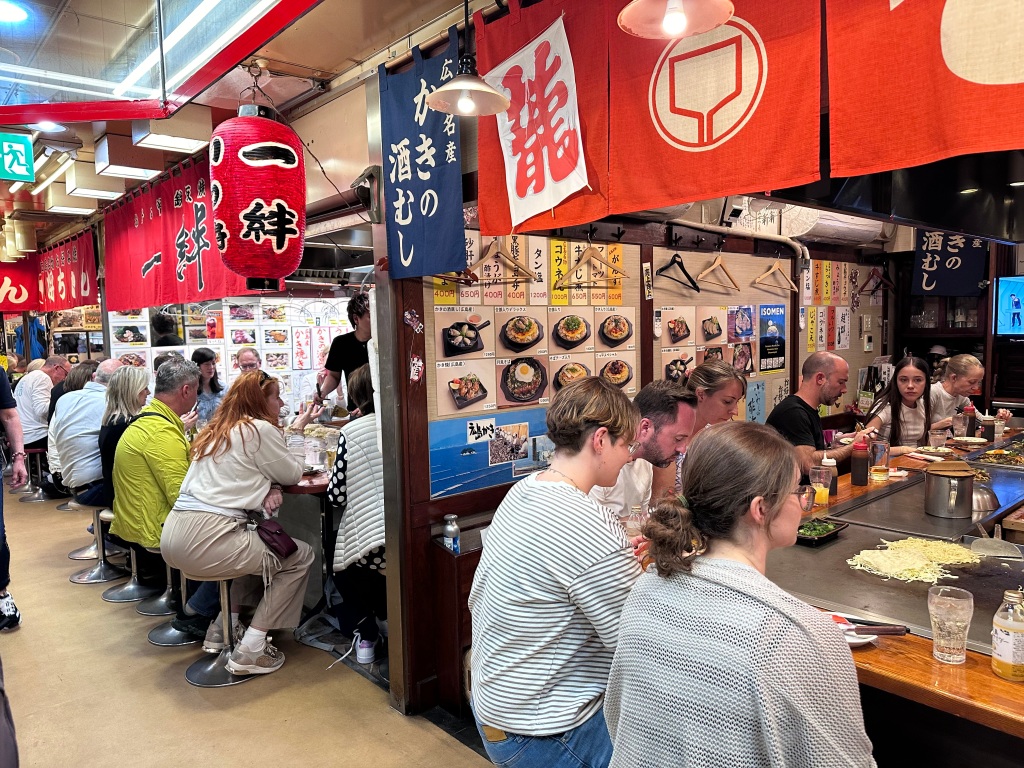

Our day was not yet done, because Mori took us on another night walk, this time to the beautiful Shukkeien Garden. Although the garden was destroyed by the bomb, subsequent fires and earthquakes, the Kokokyo Bridge, seen in the photo below, survived.

What an oasis of peace and serenity the garden is, surrounded by the modern city of Hiroshima.

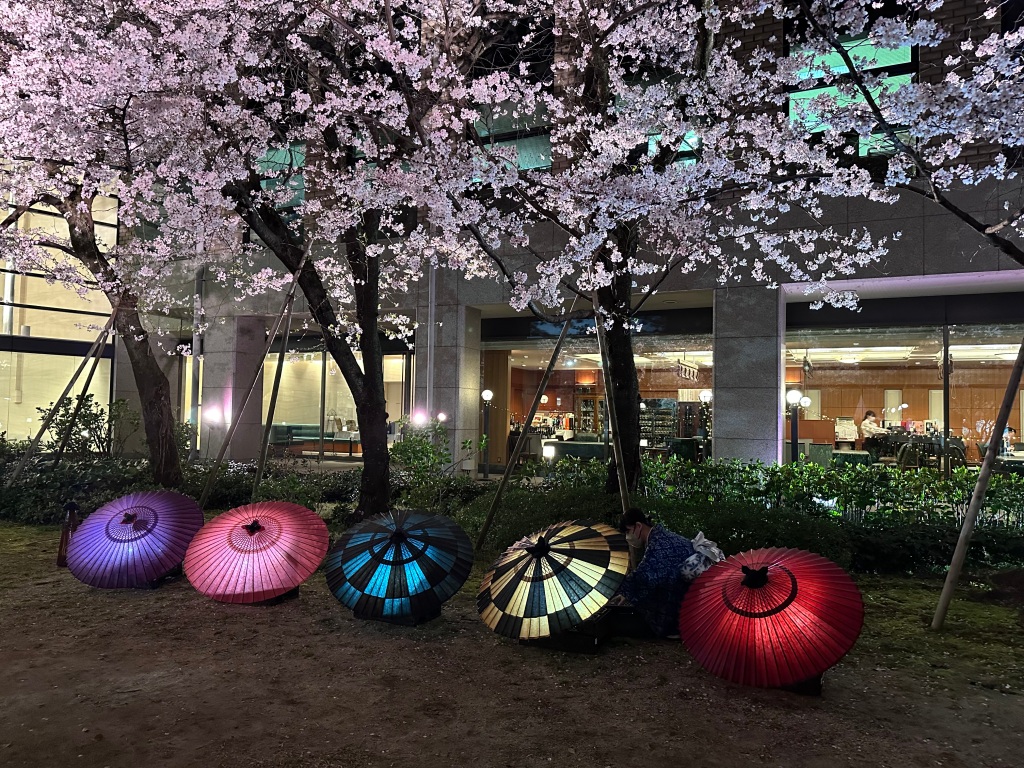
Whew. And that was only Day 1. Given that this post is getting rather long, and there are still many photos I’d like to share, I’ve come to realize Hiroshima needs to be two posts. Plus, I’m still jet lagged and have a severe energy deficit.
